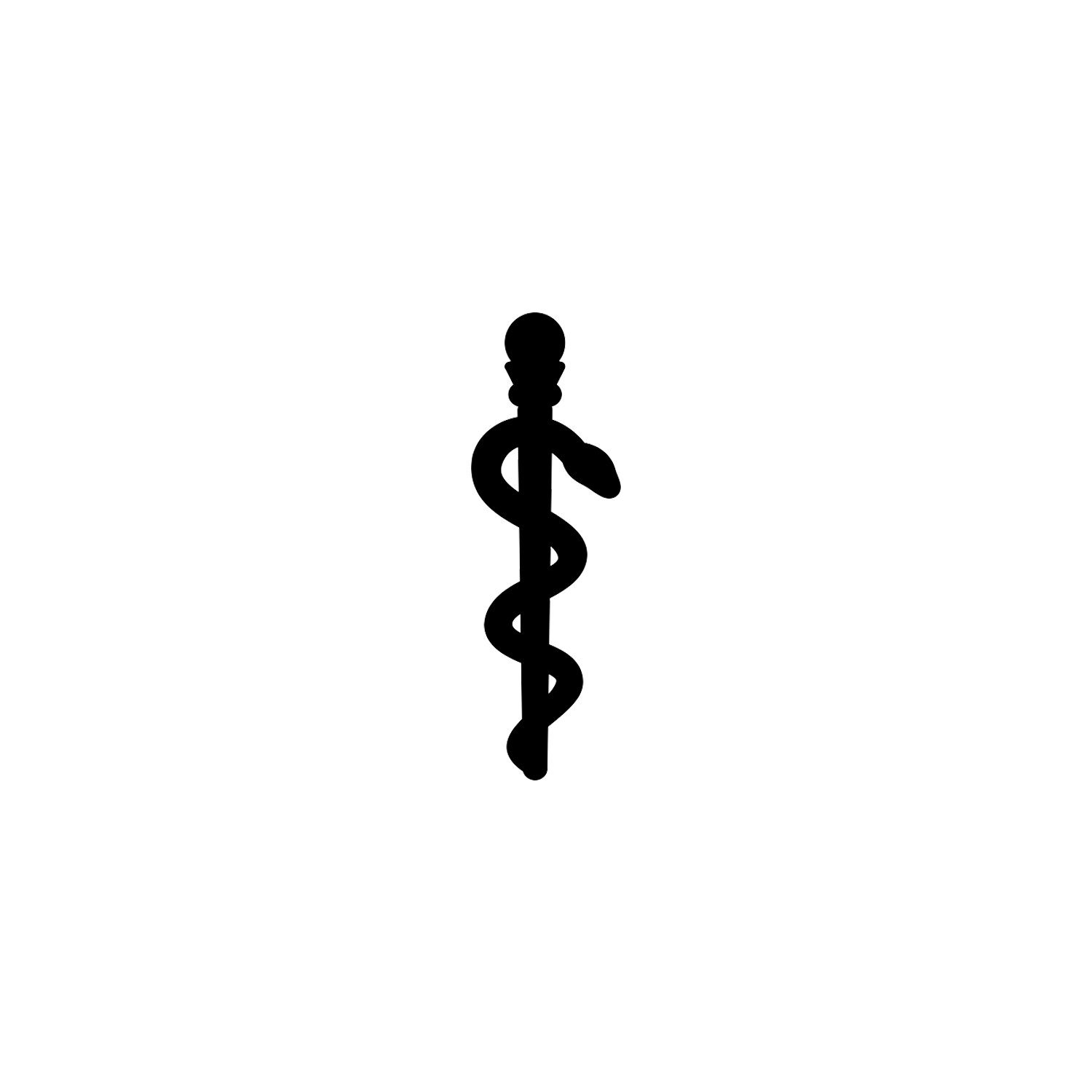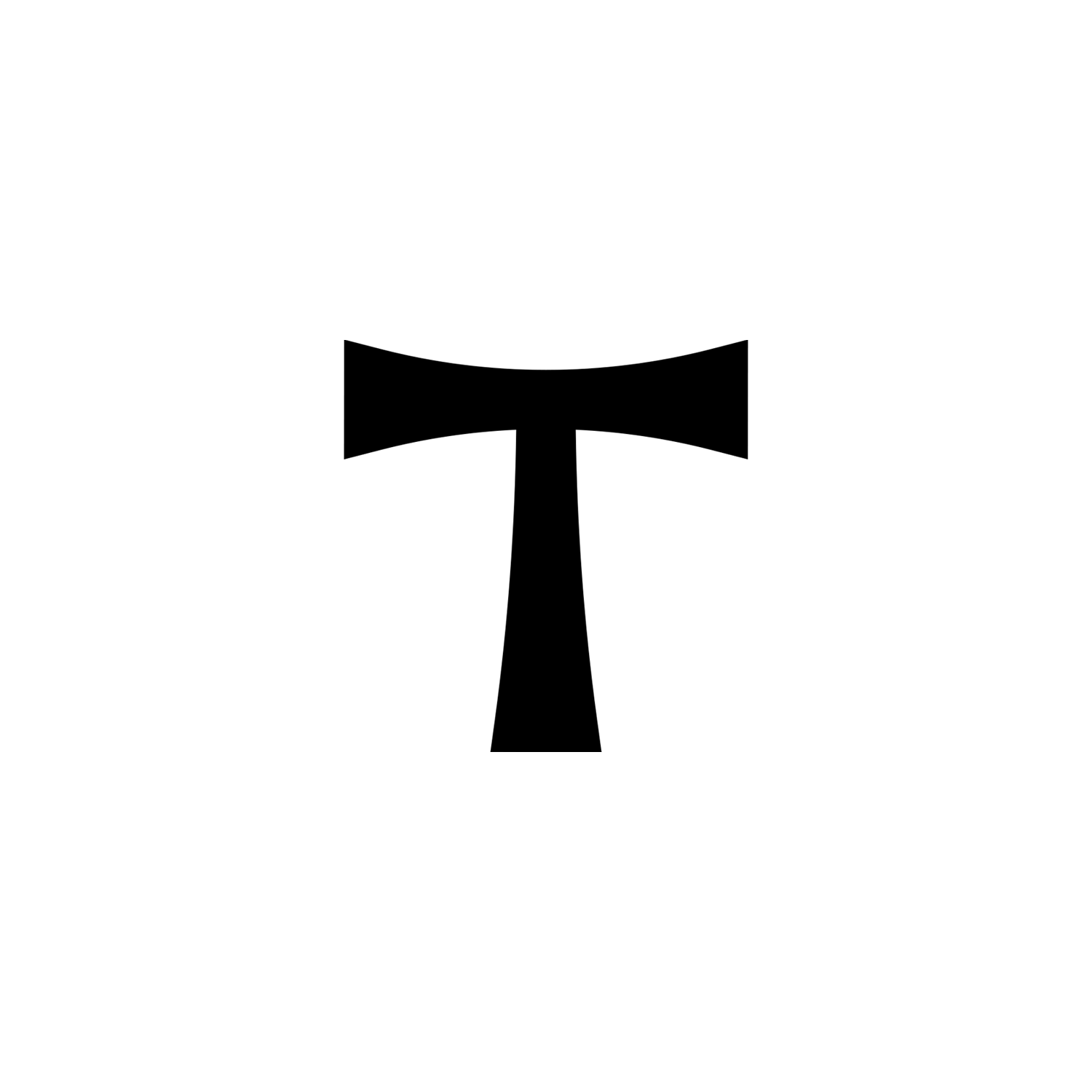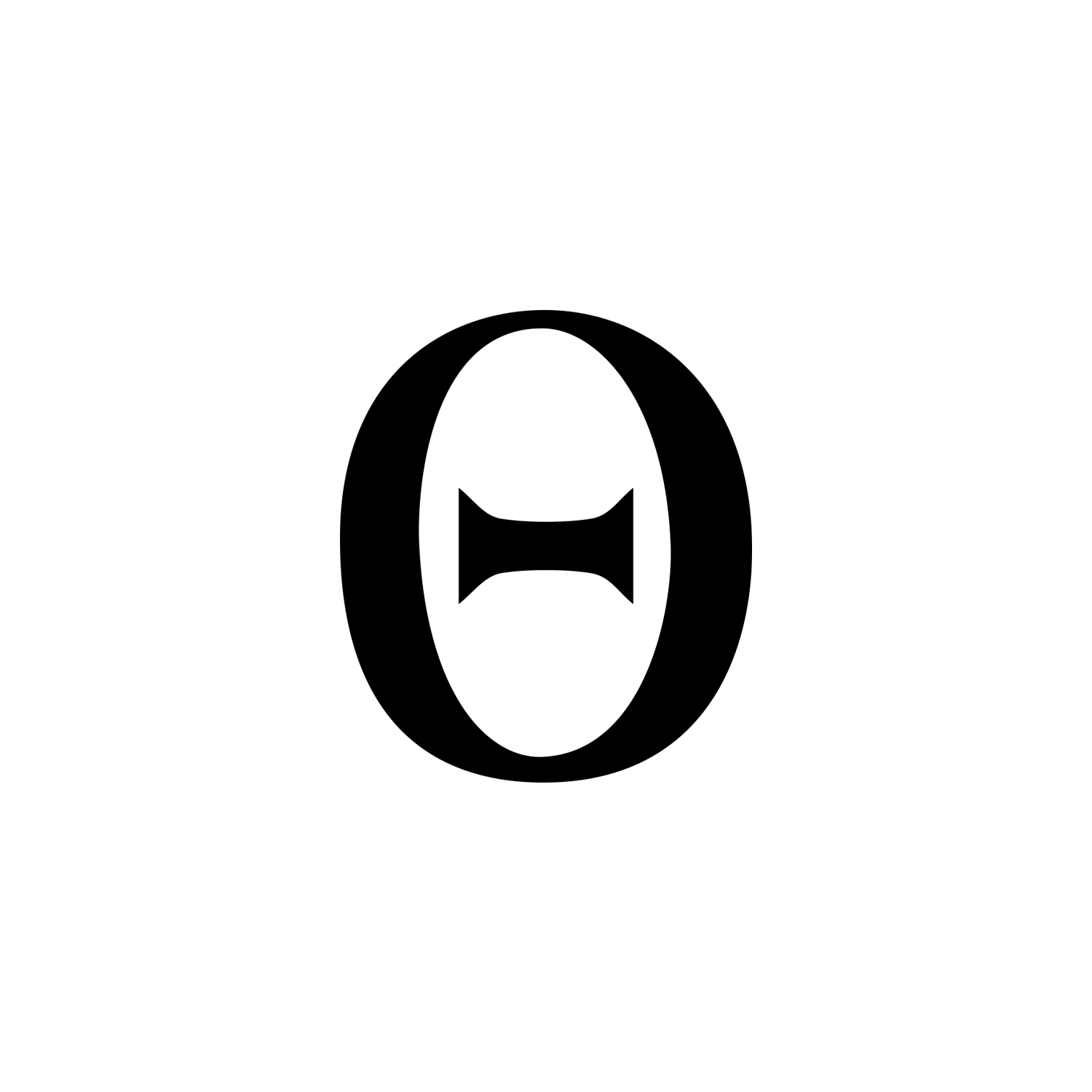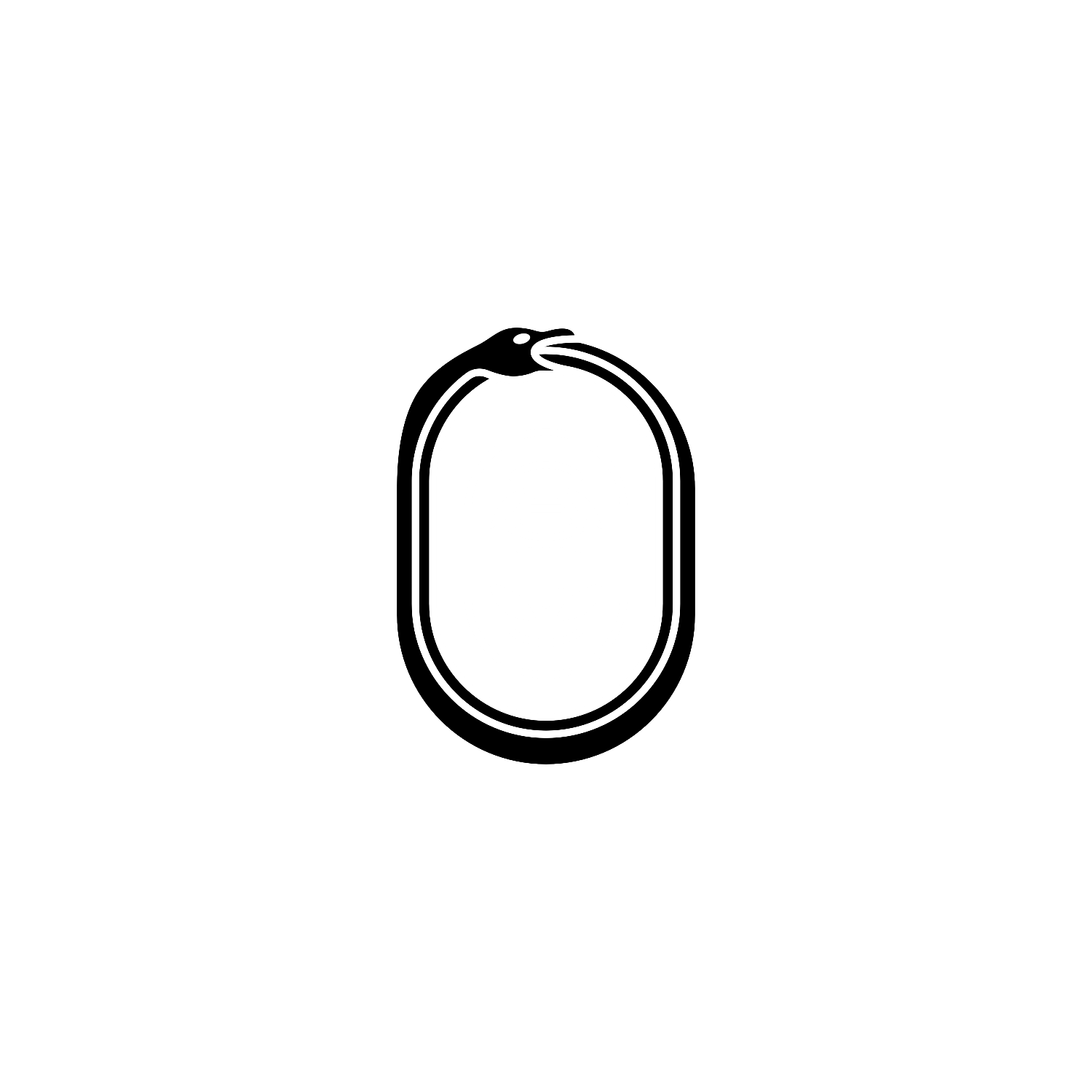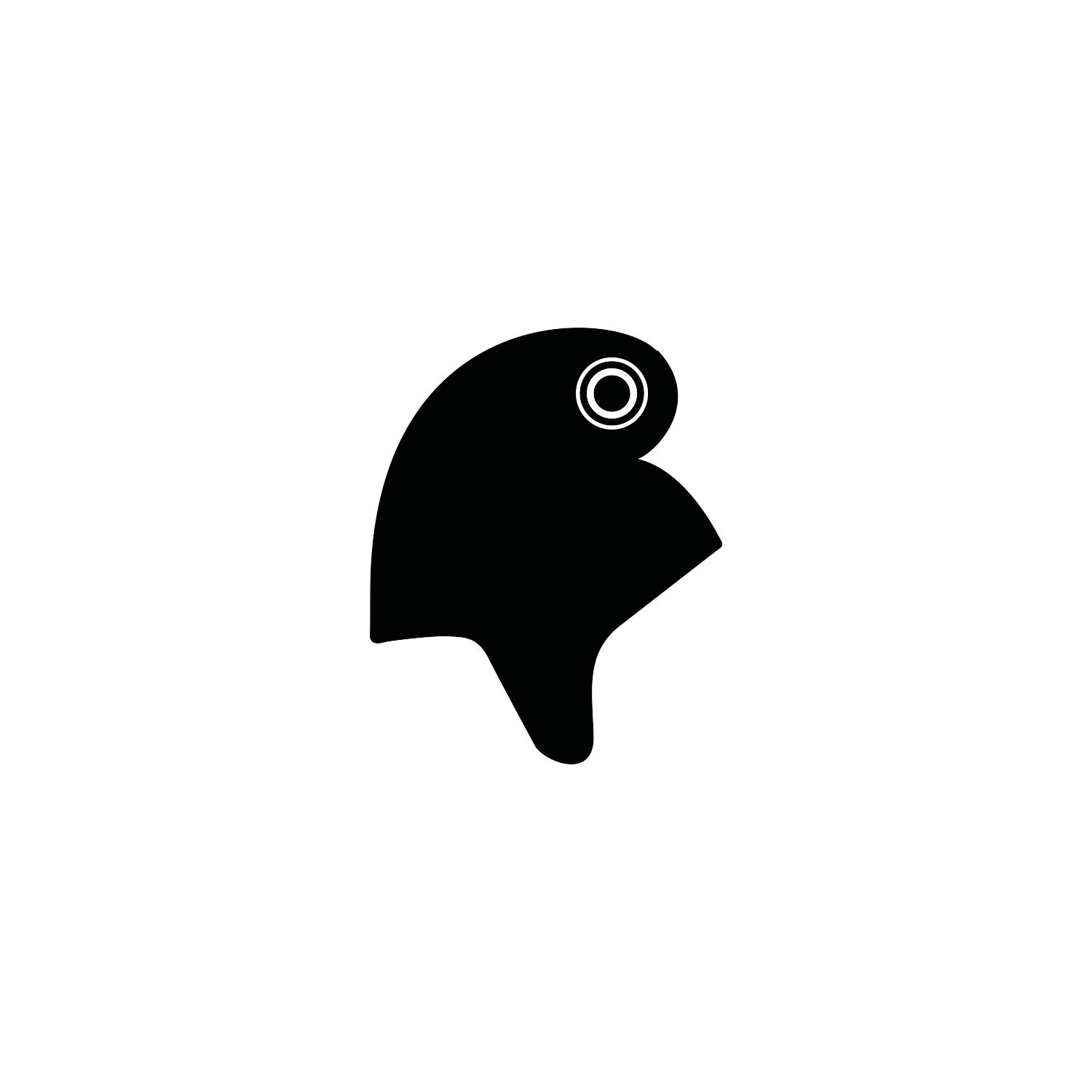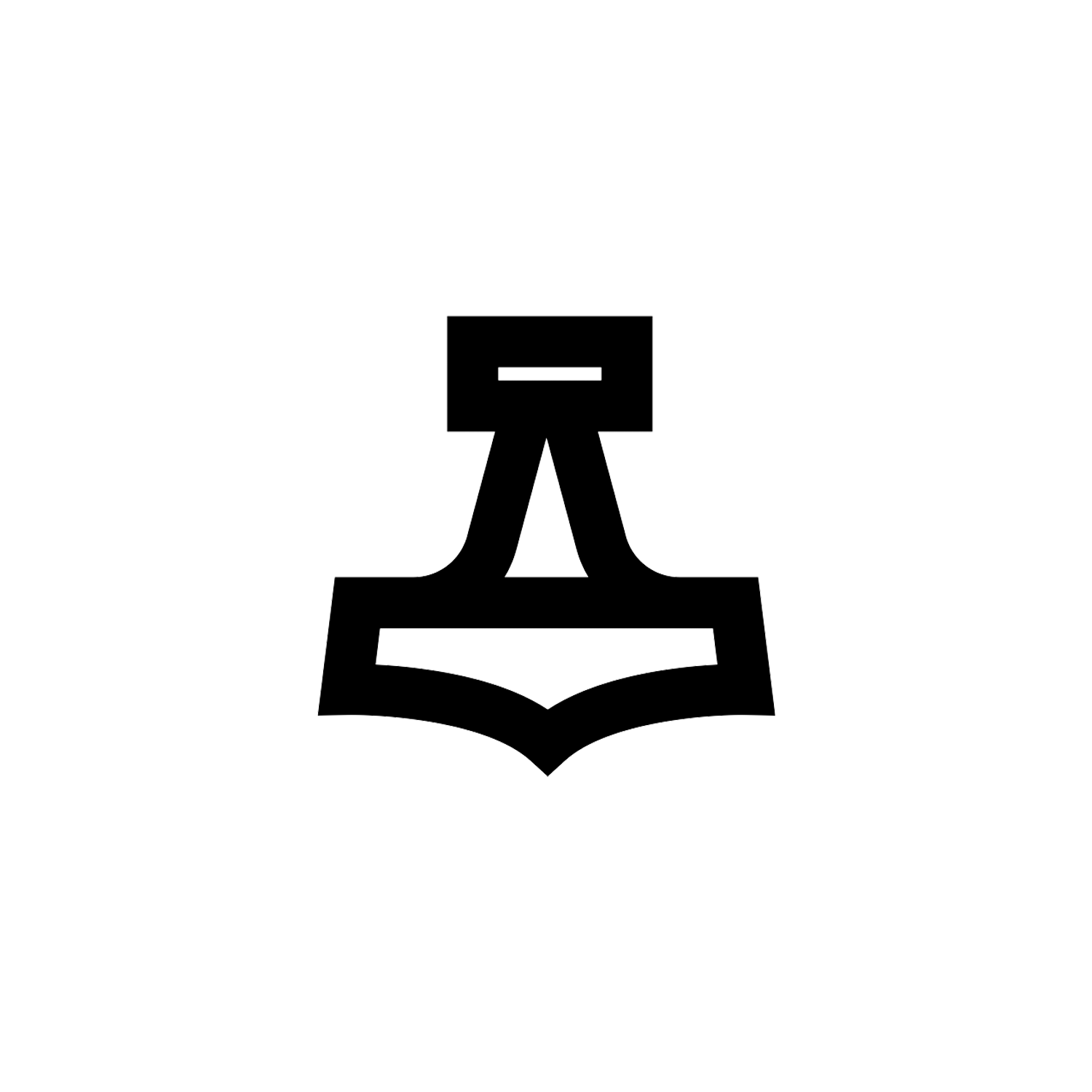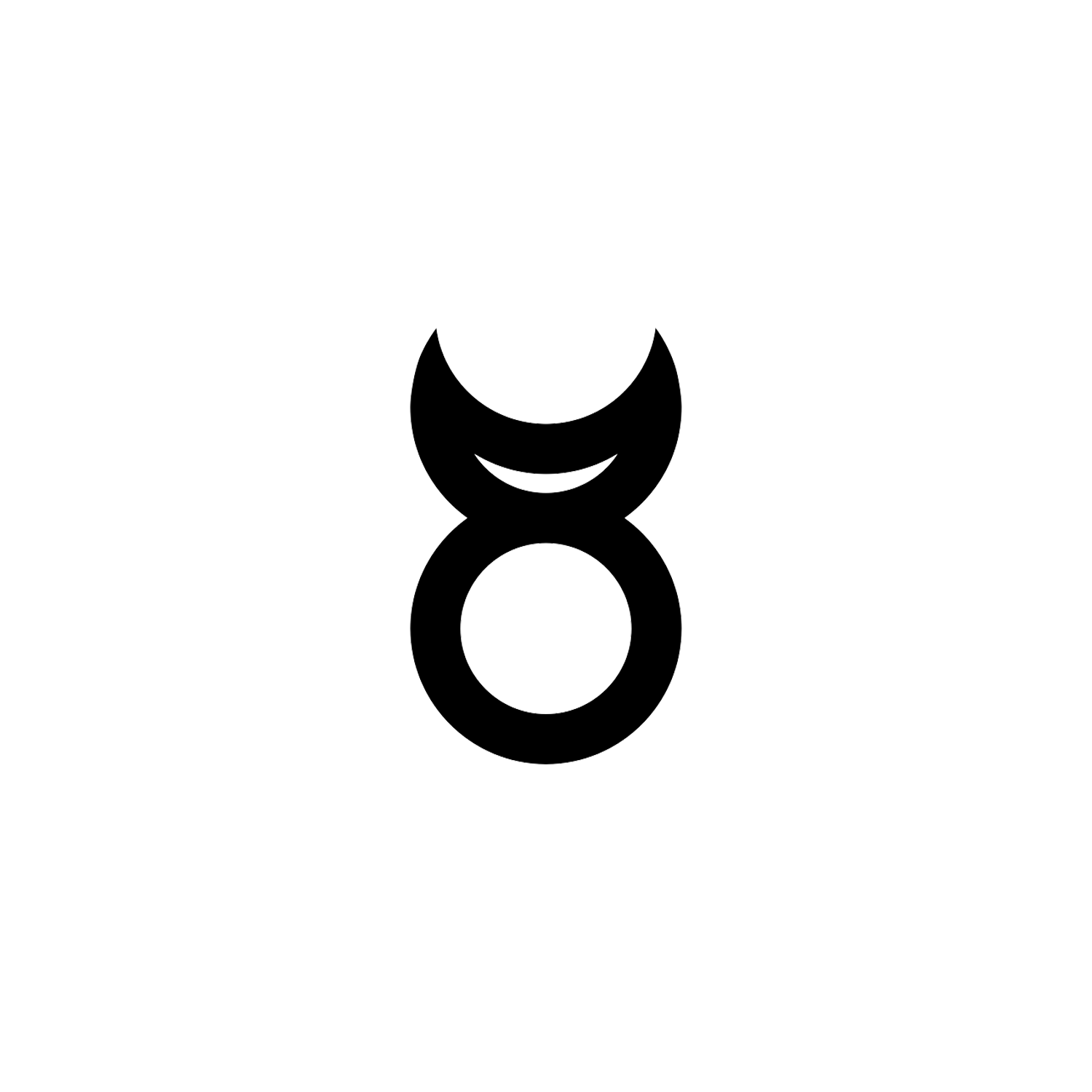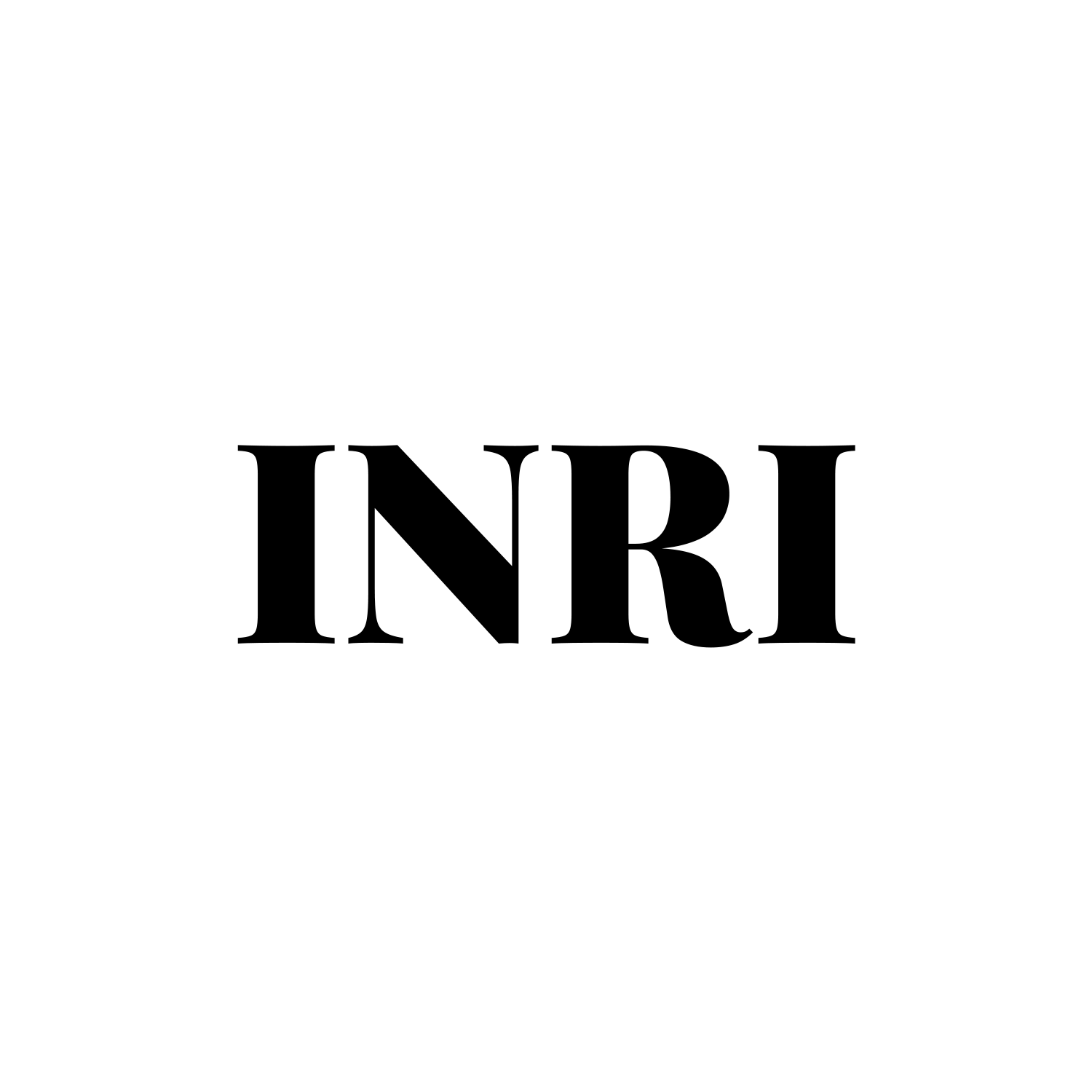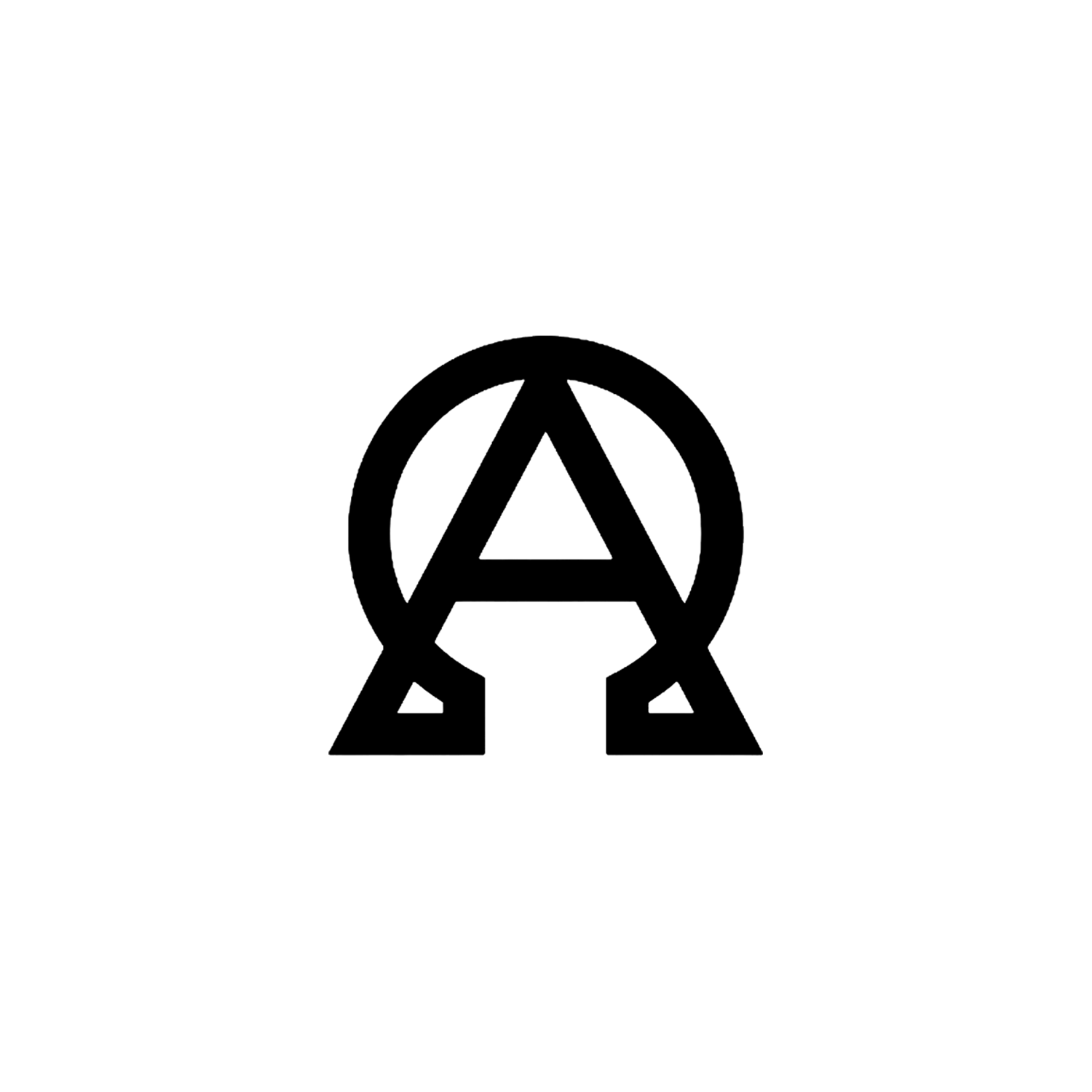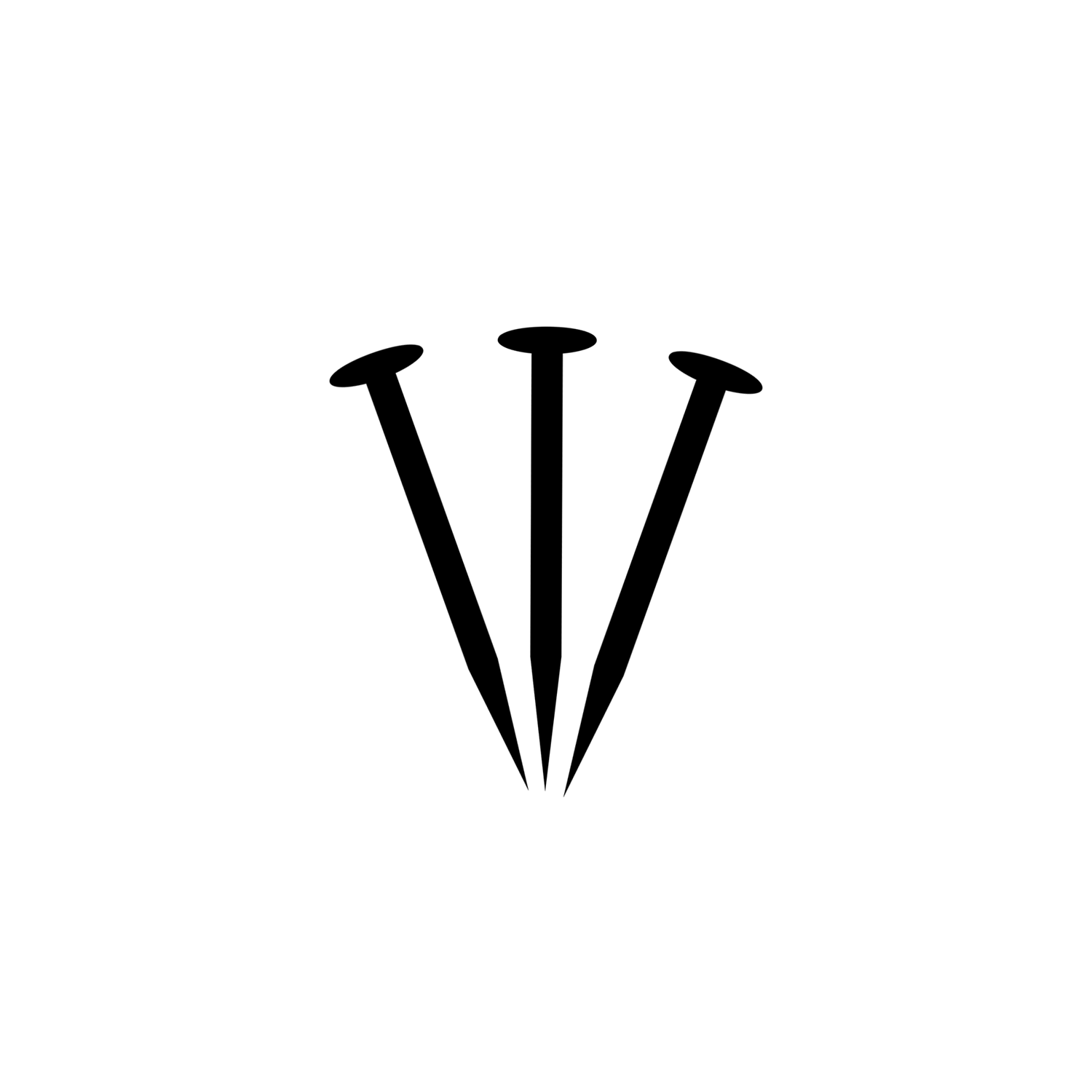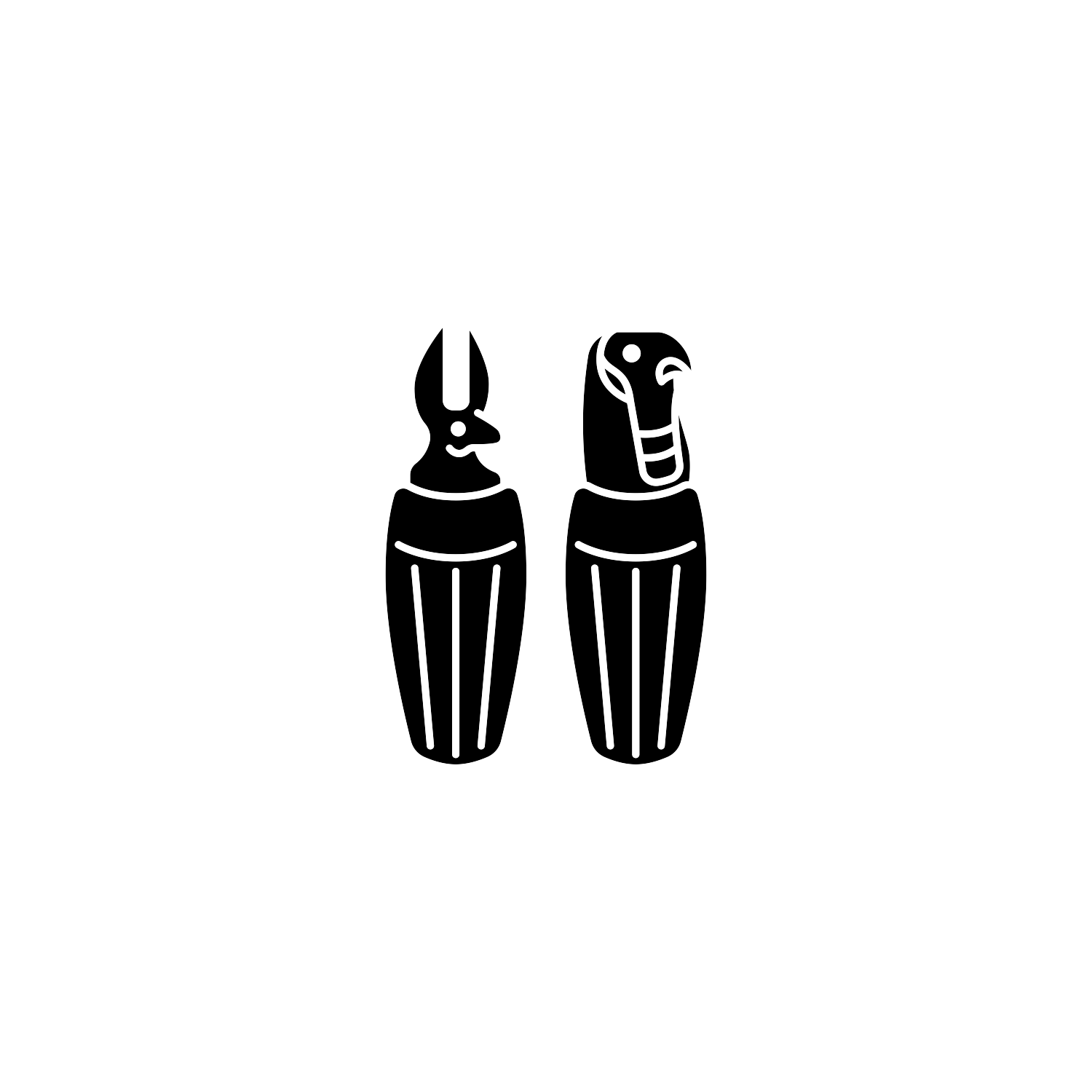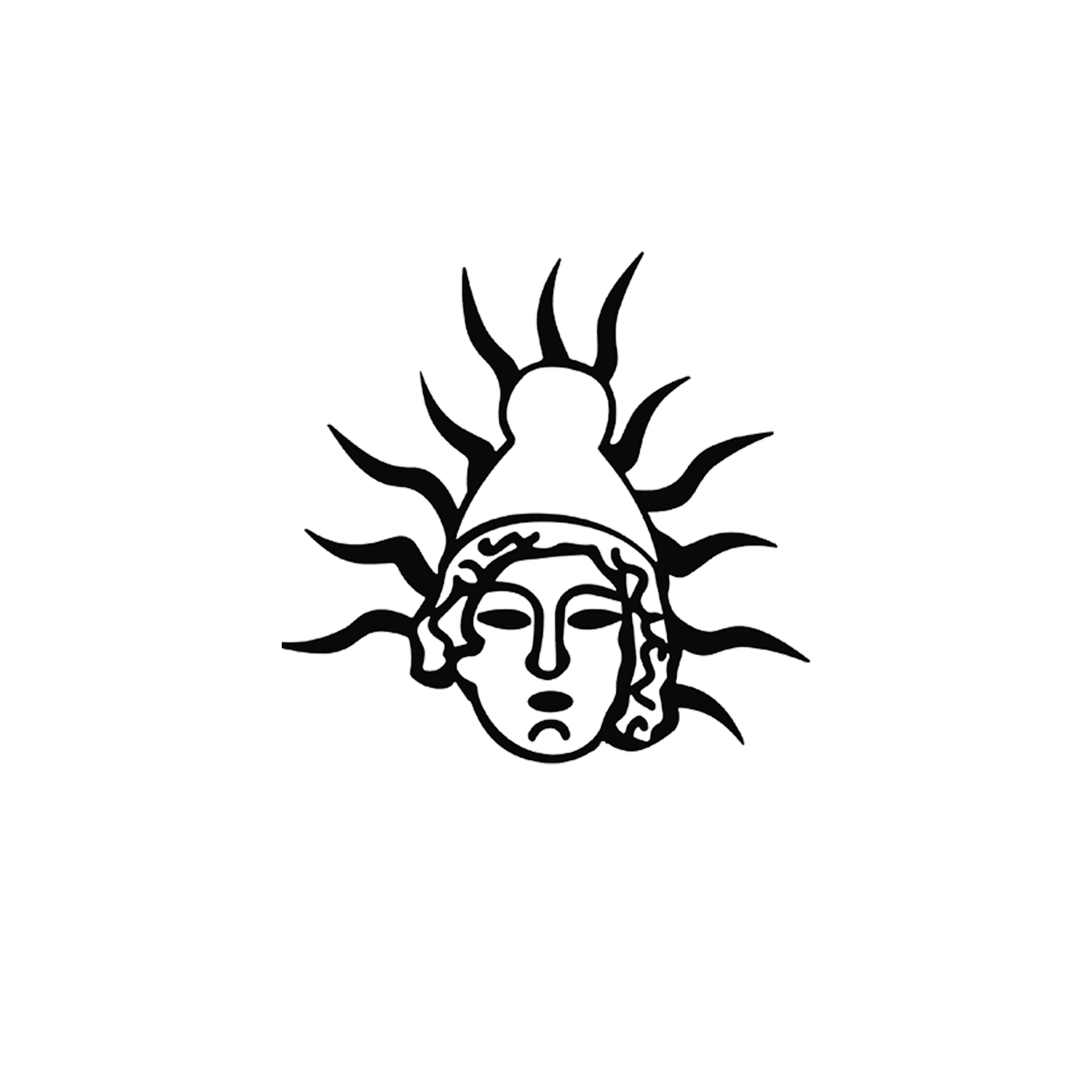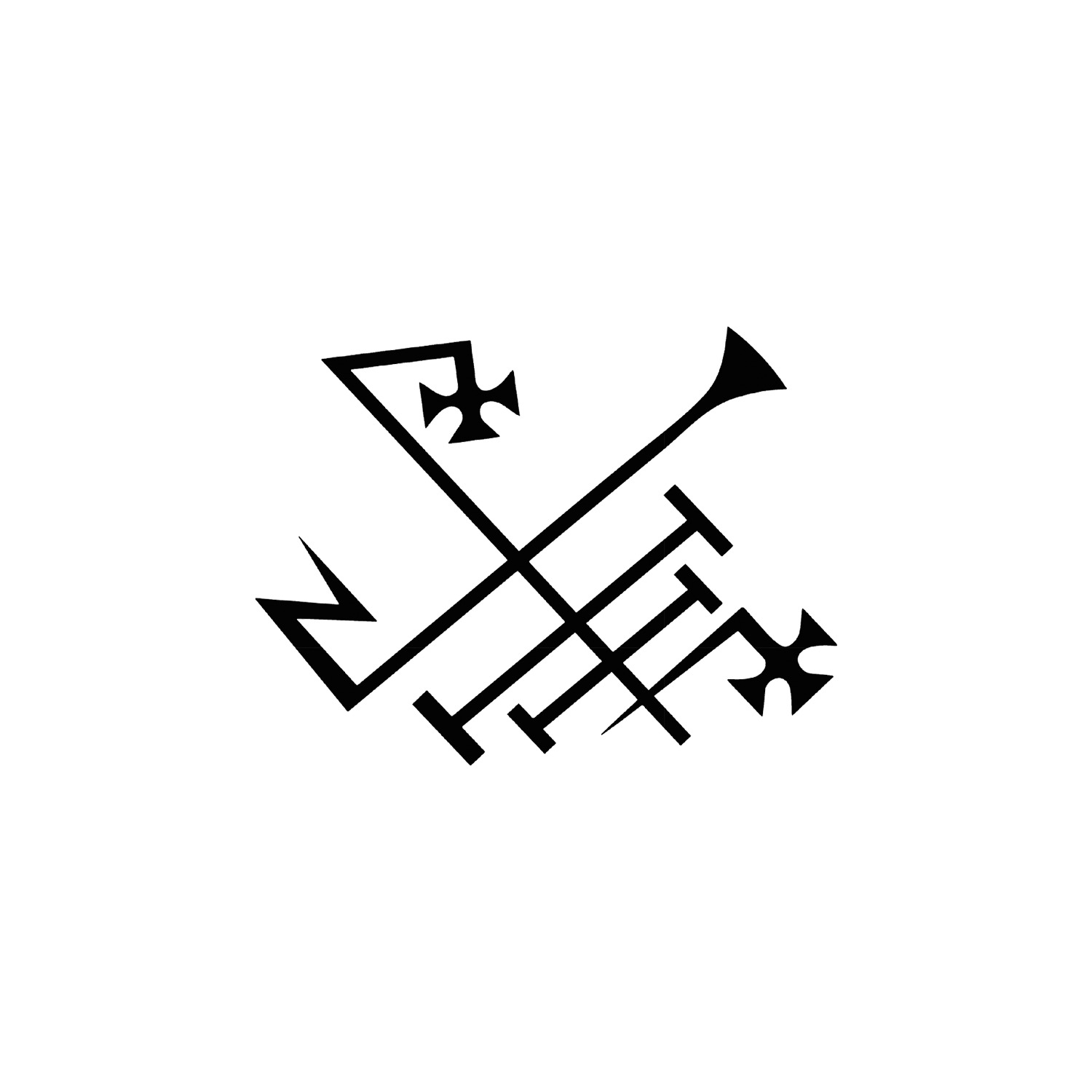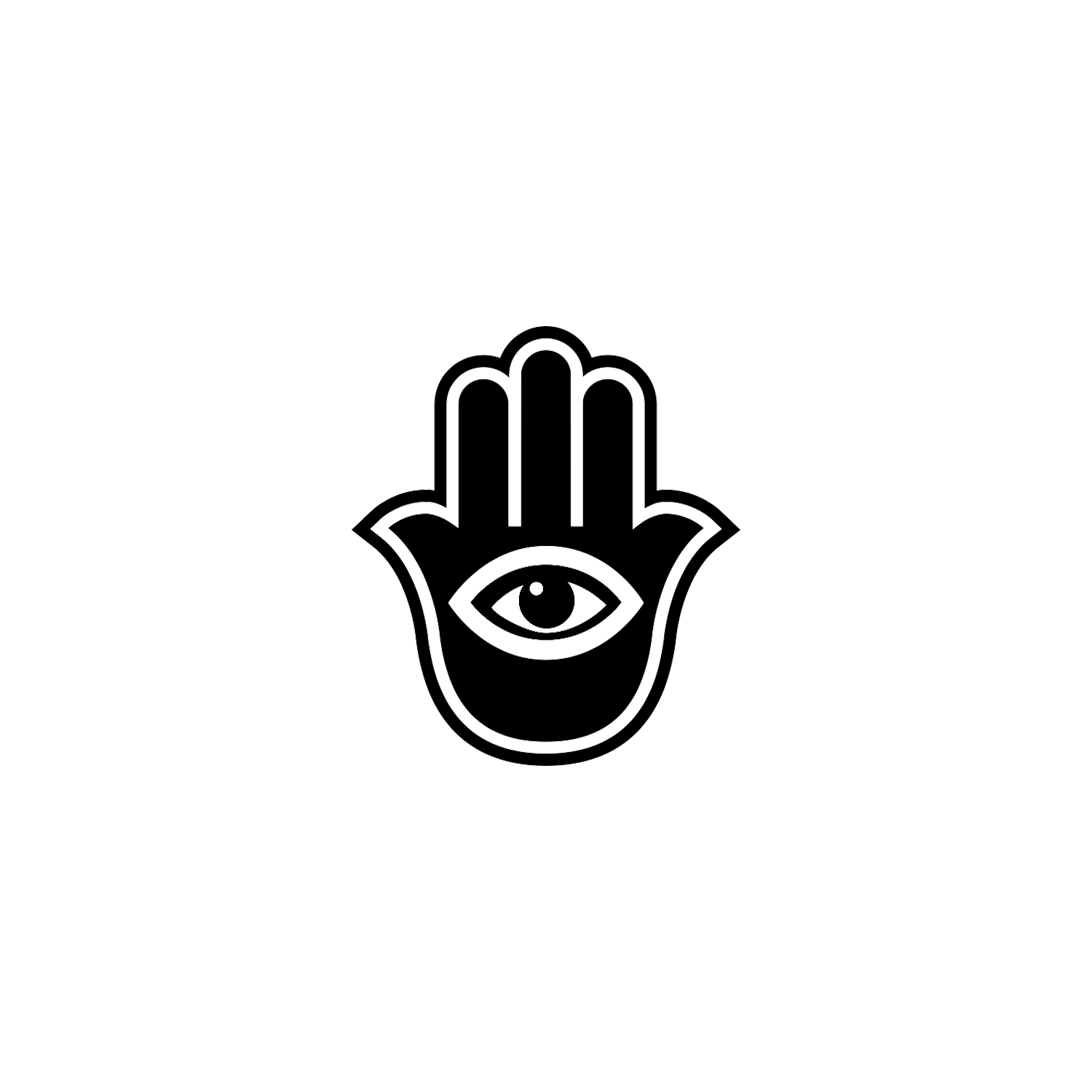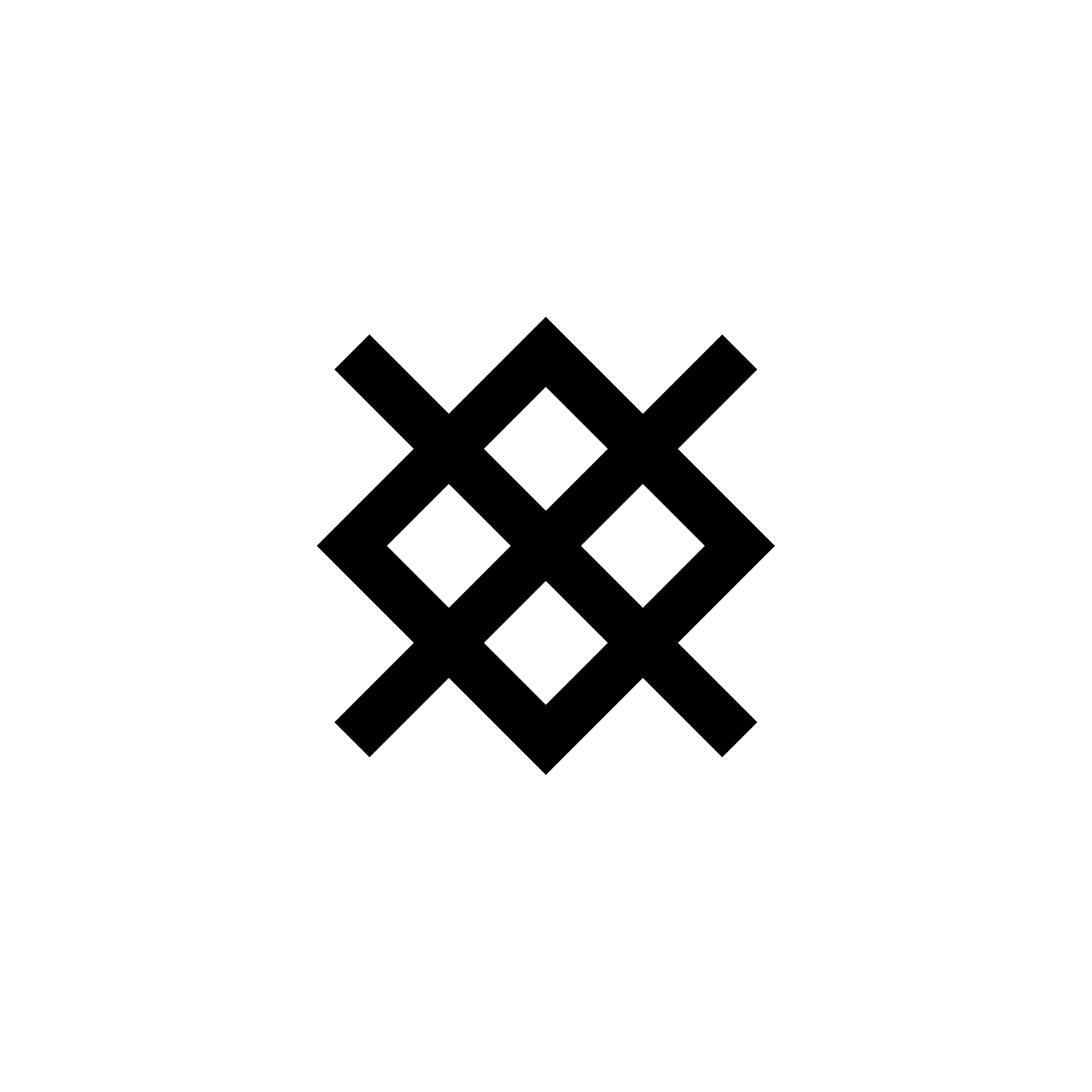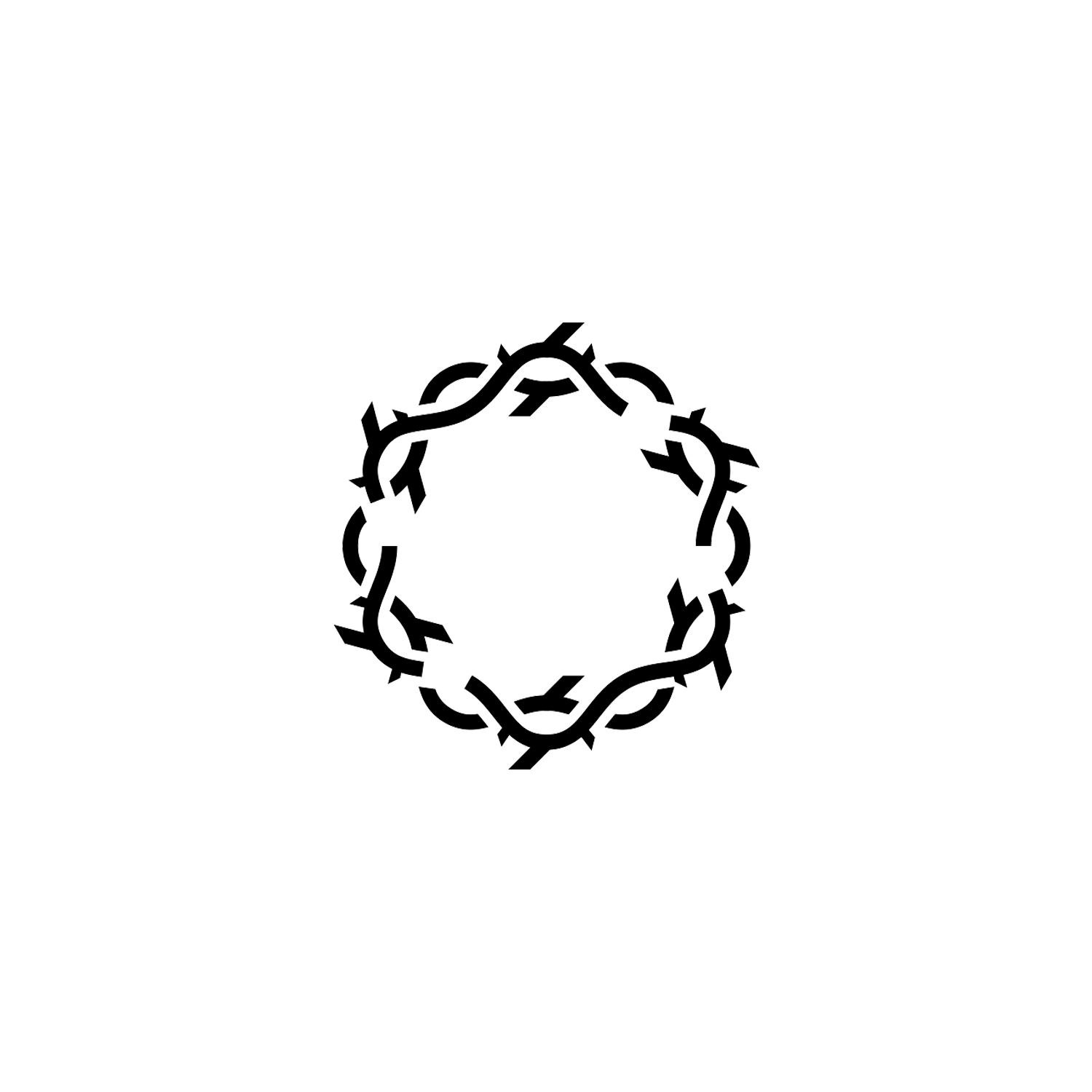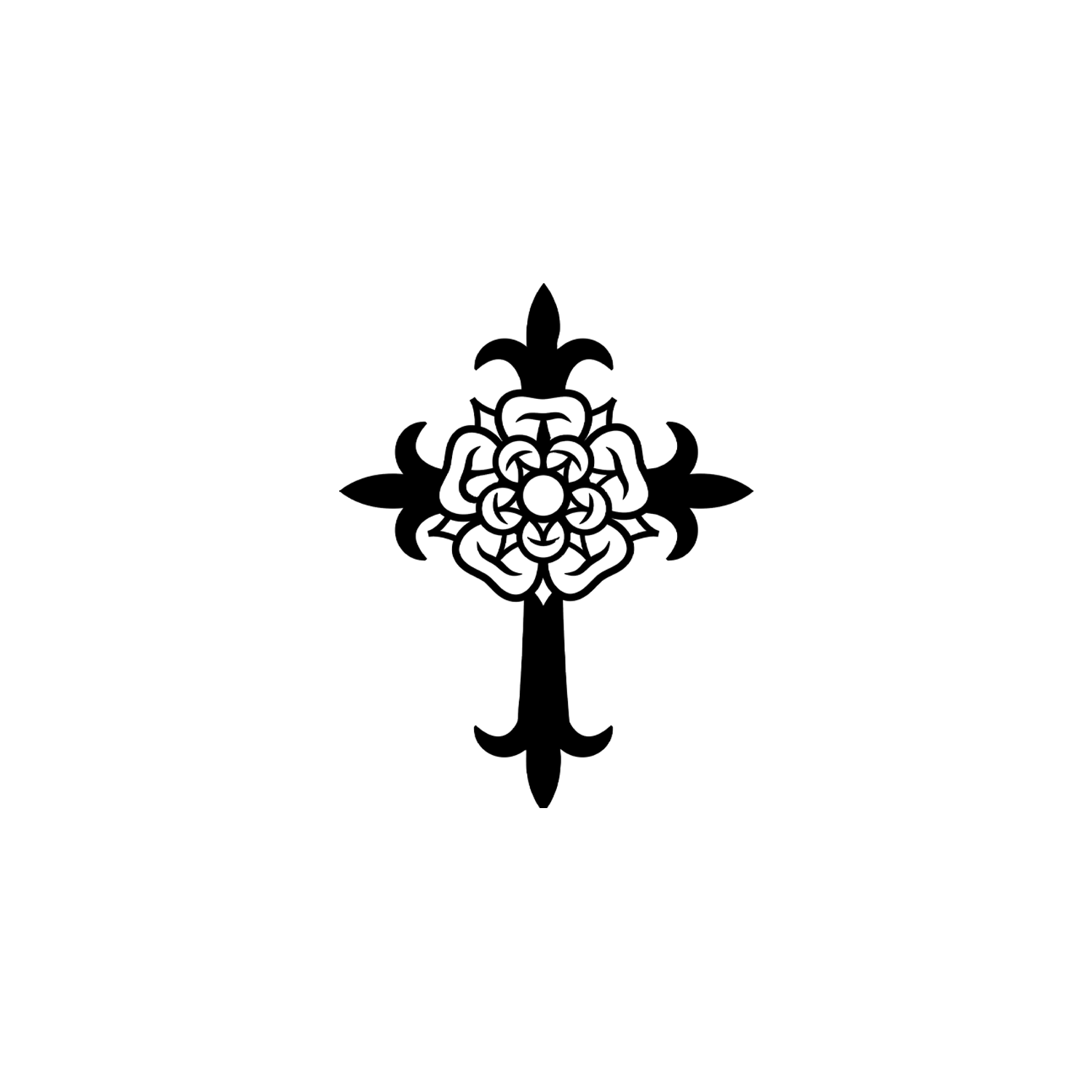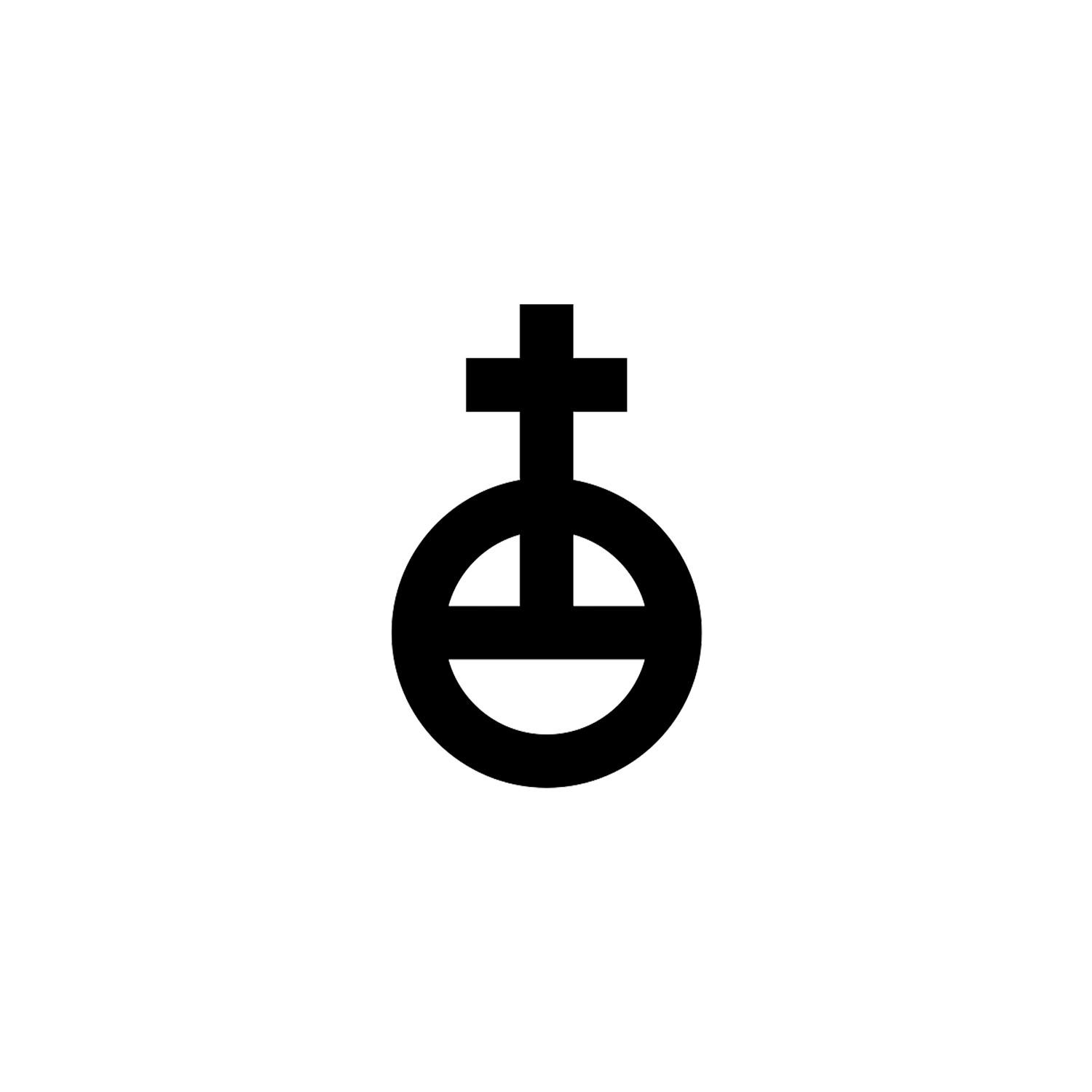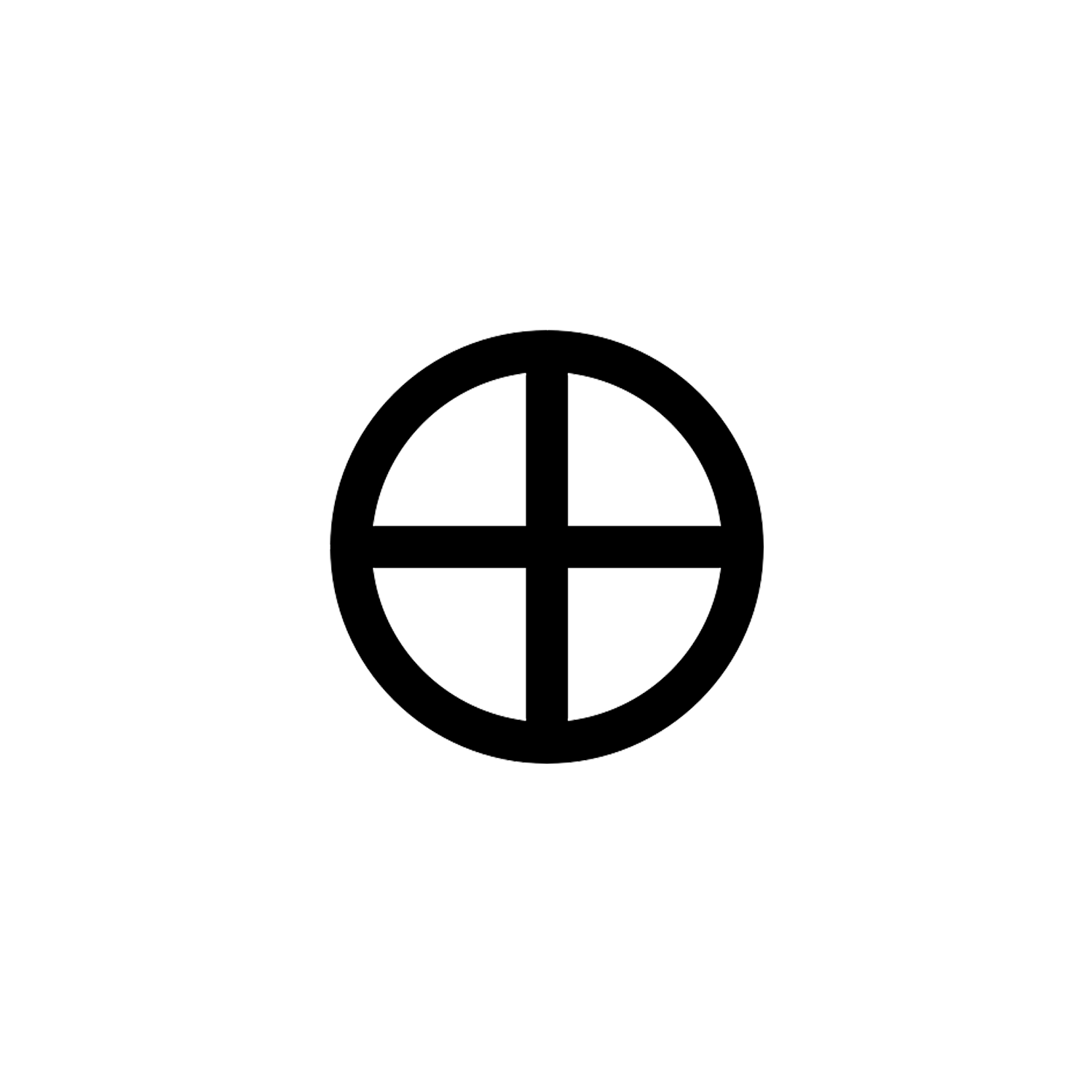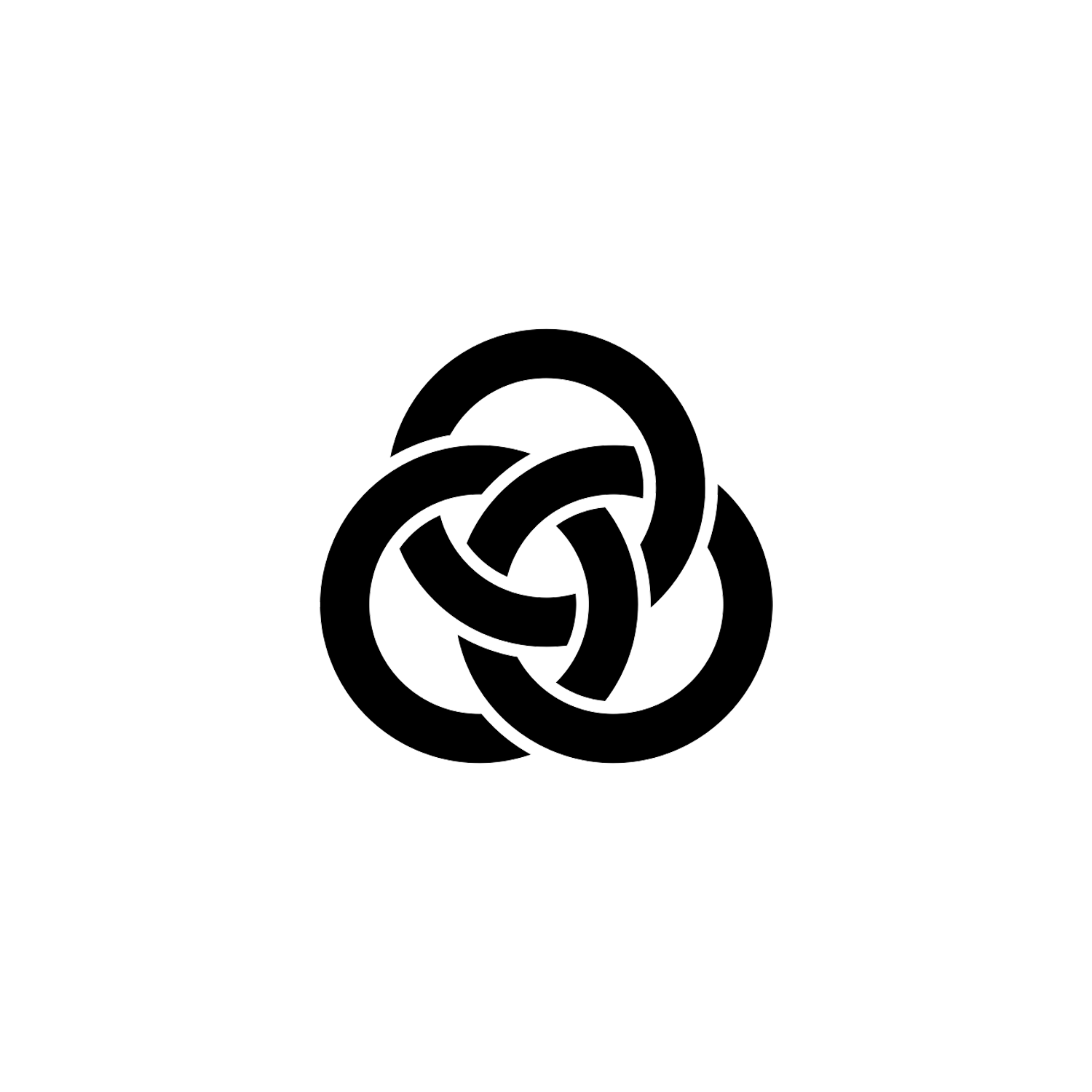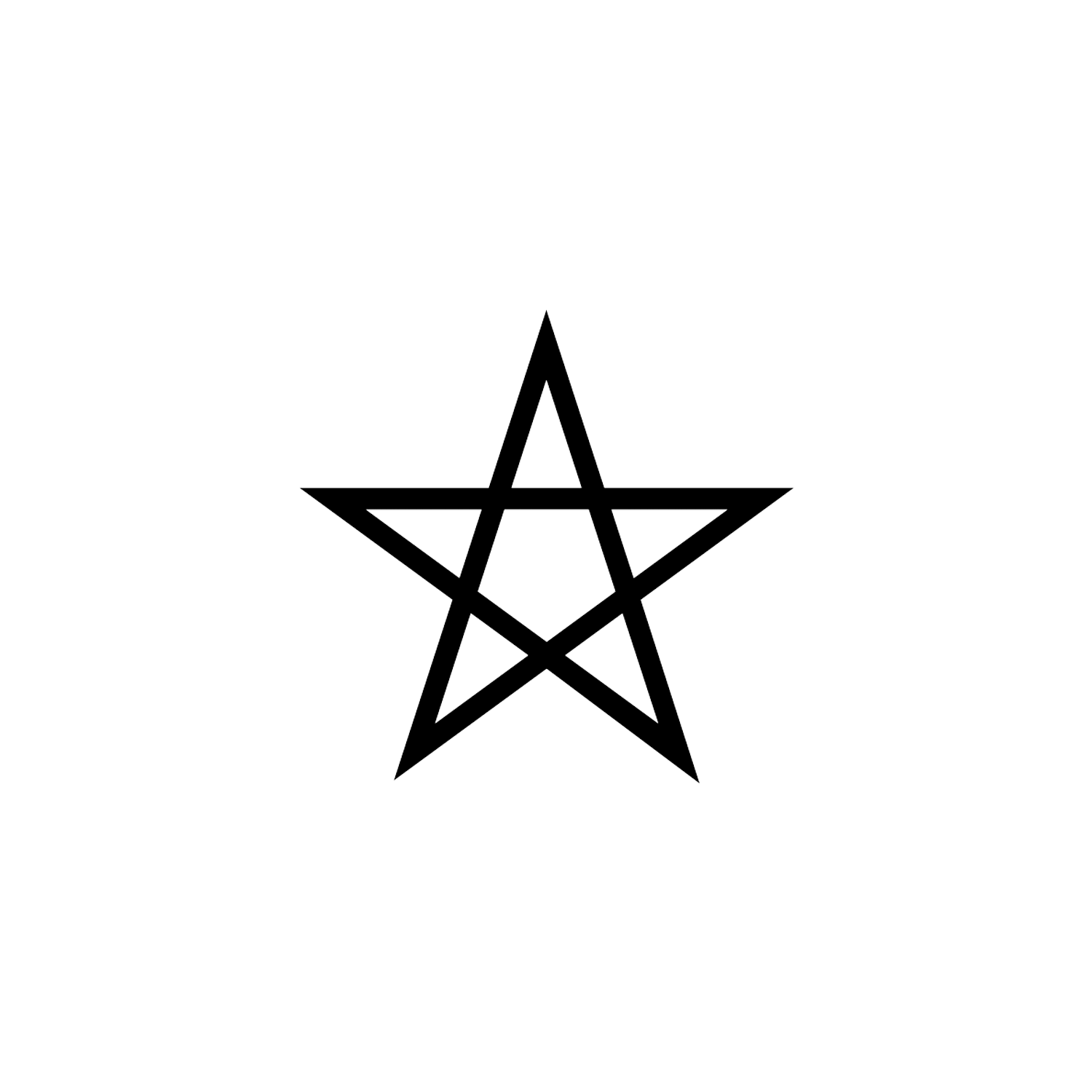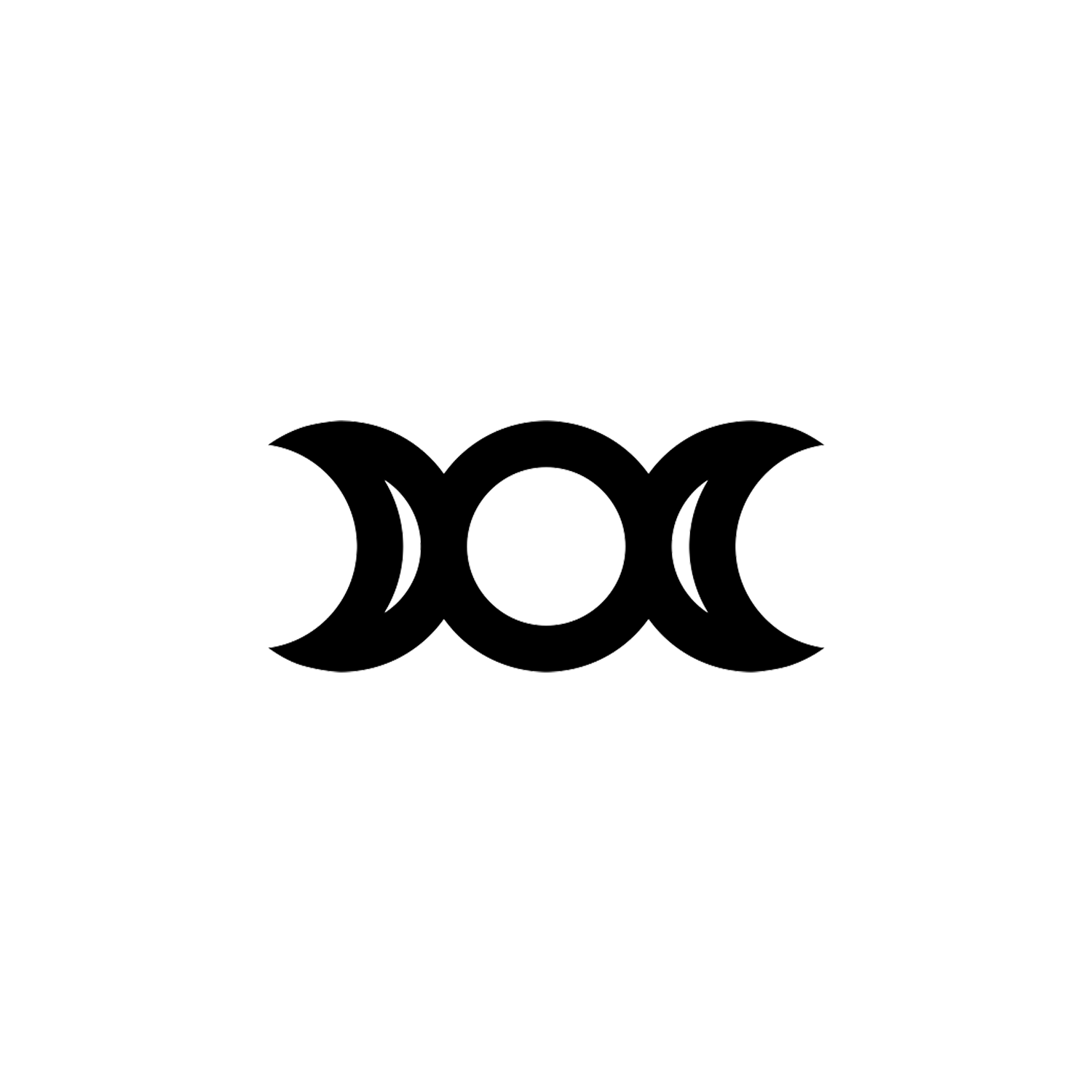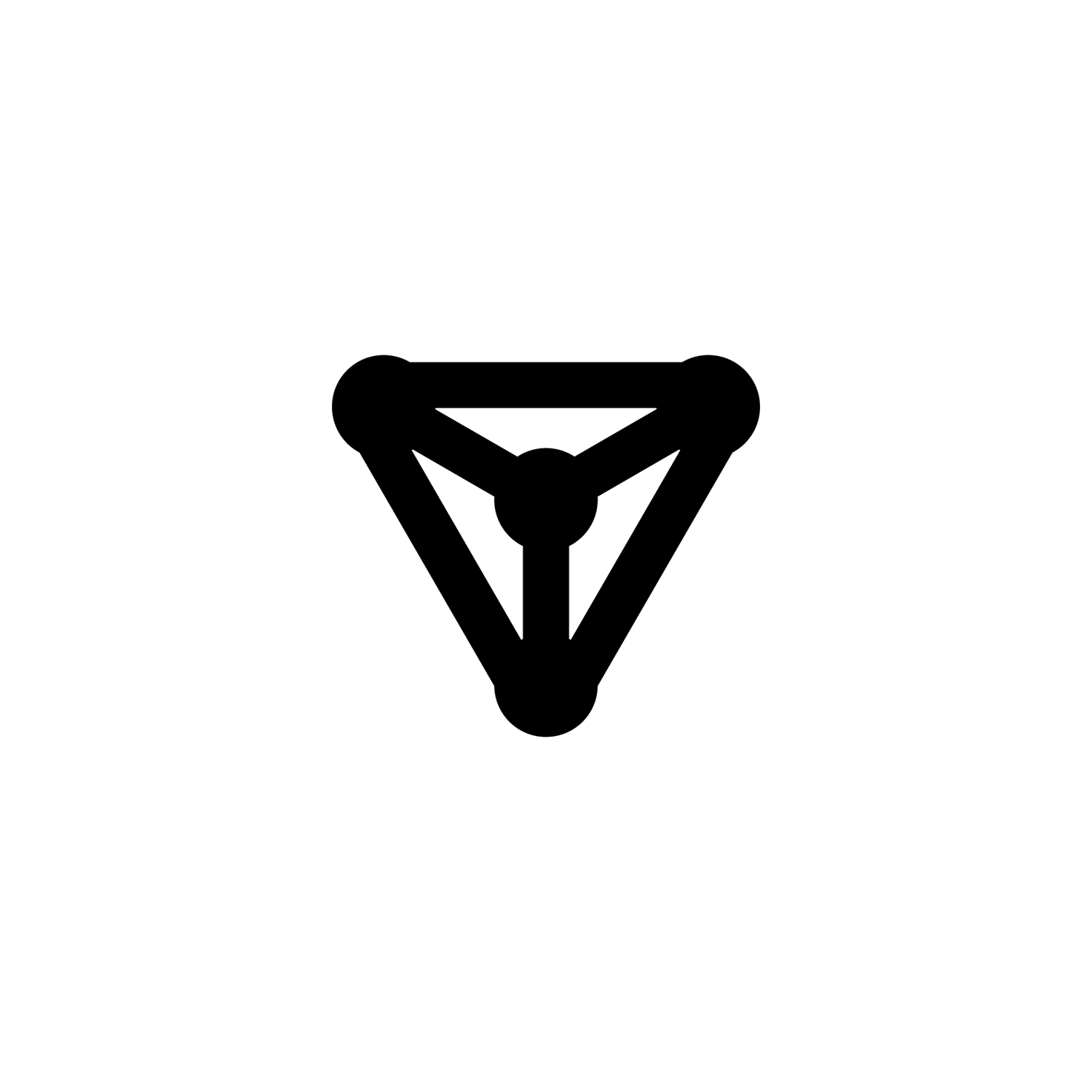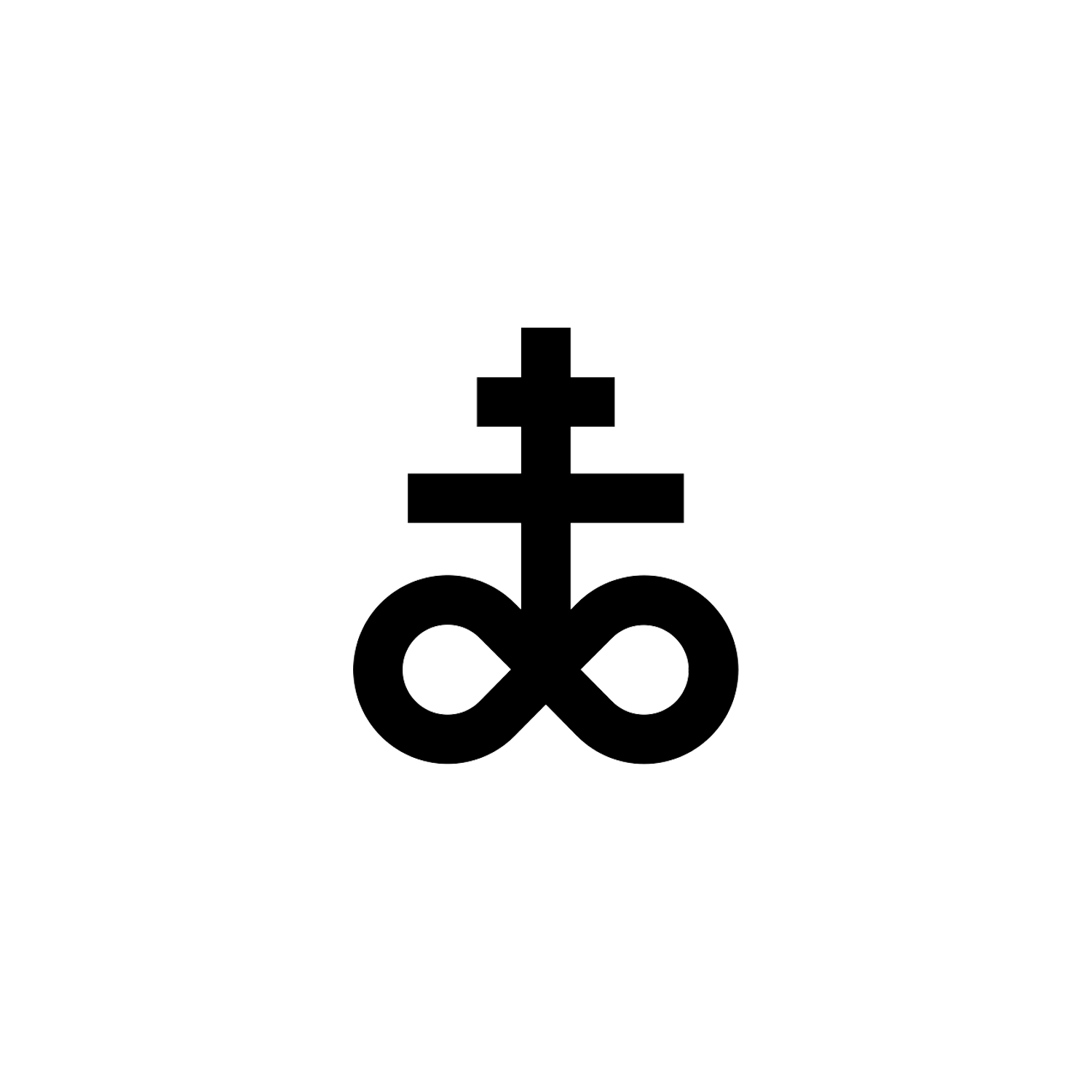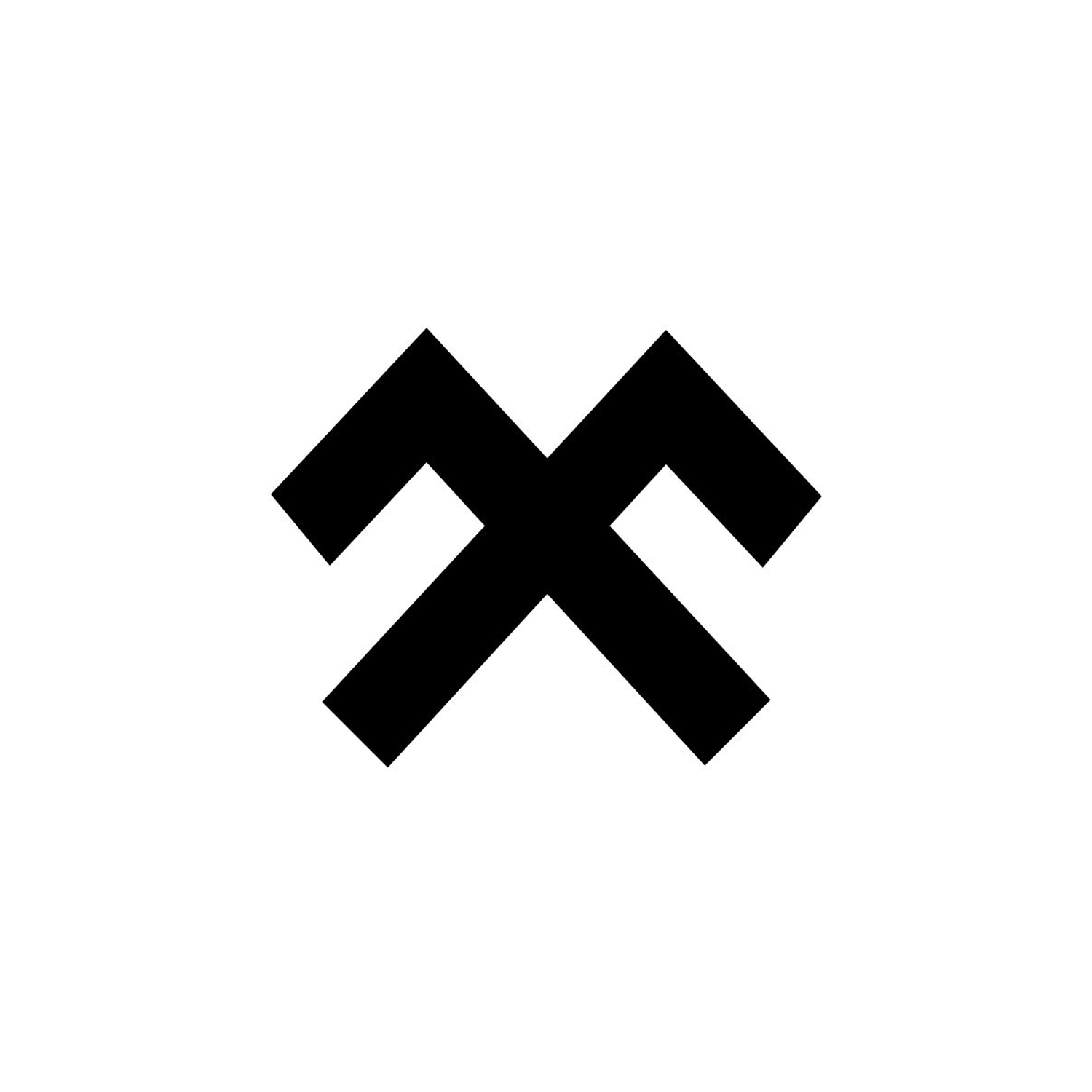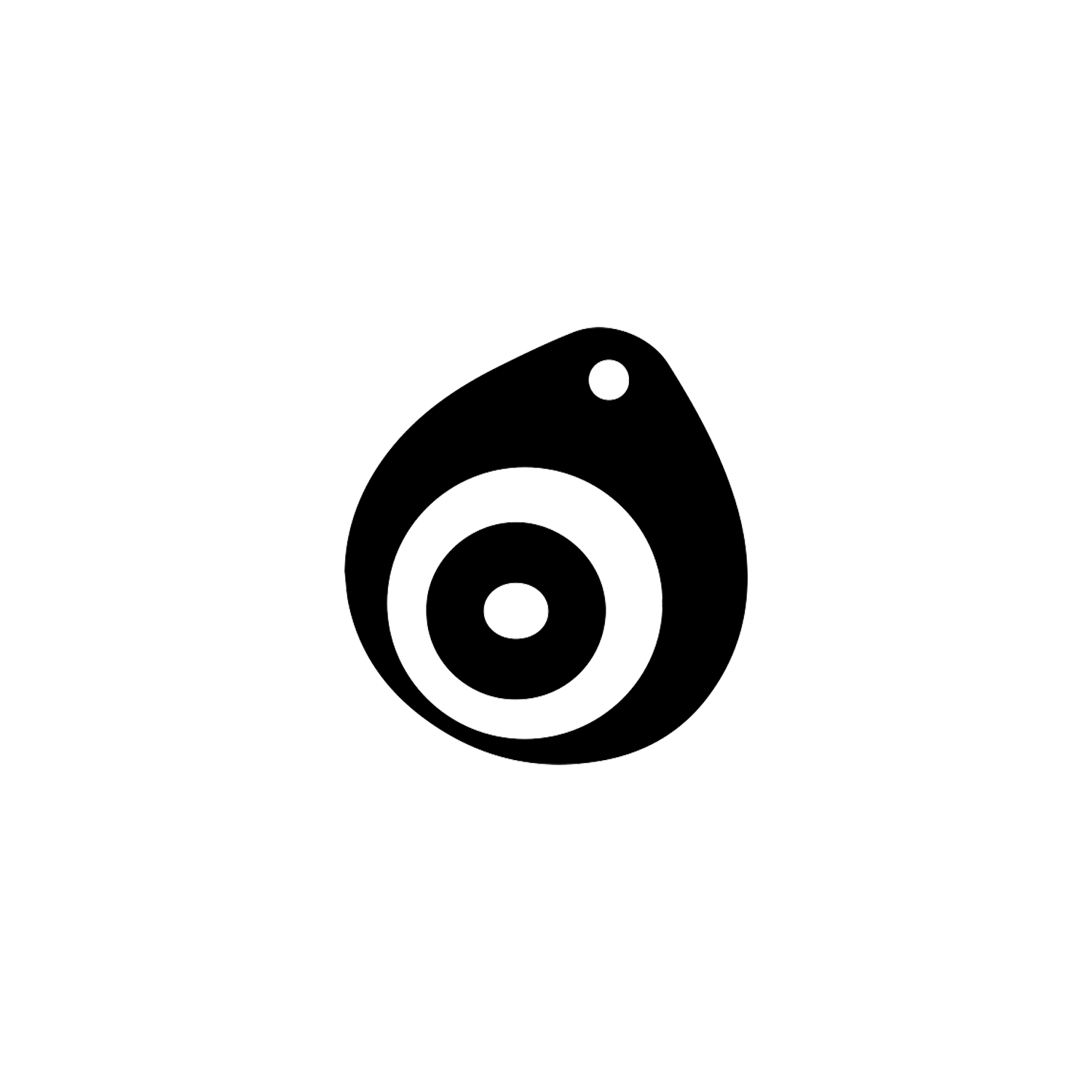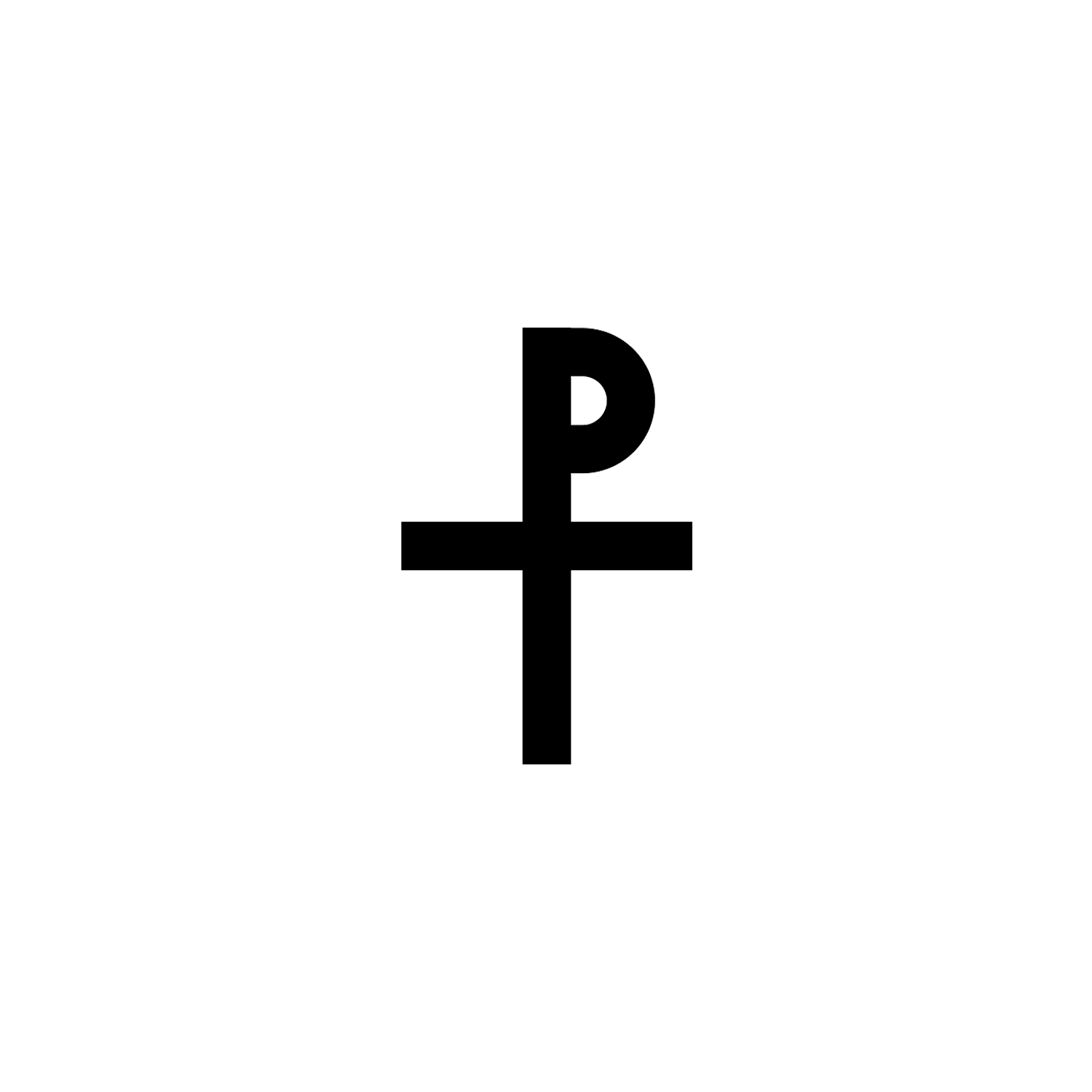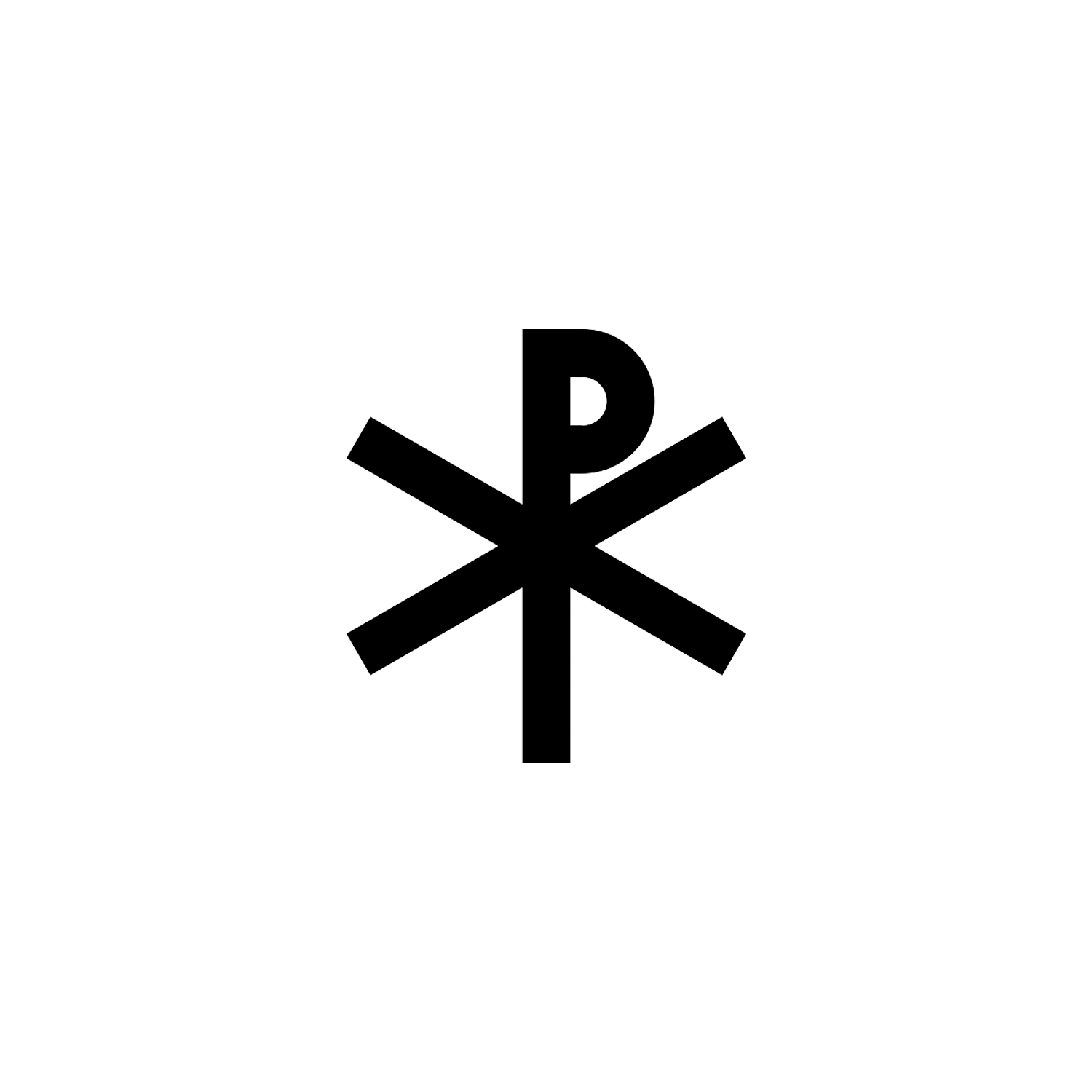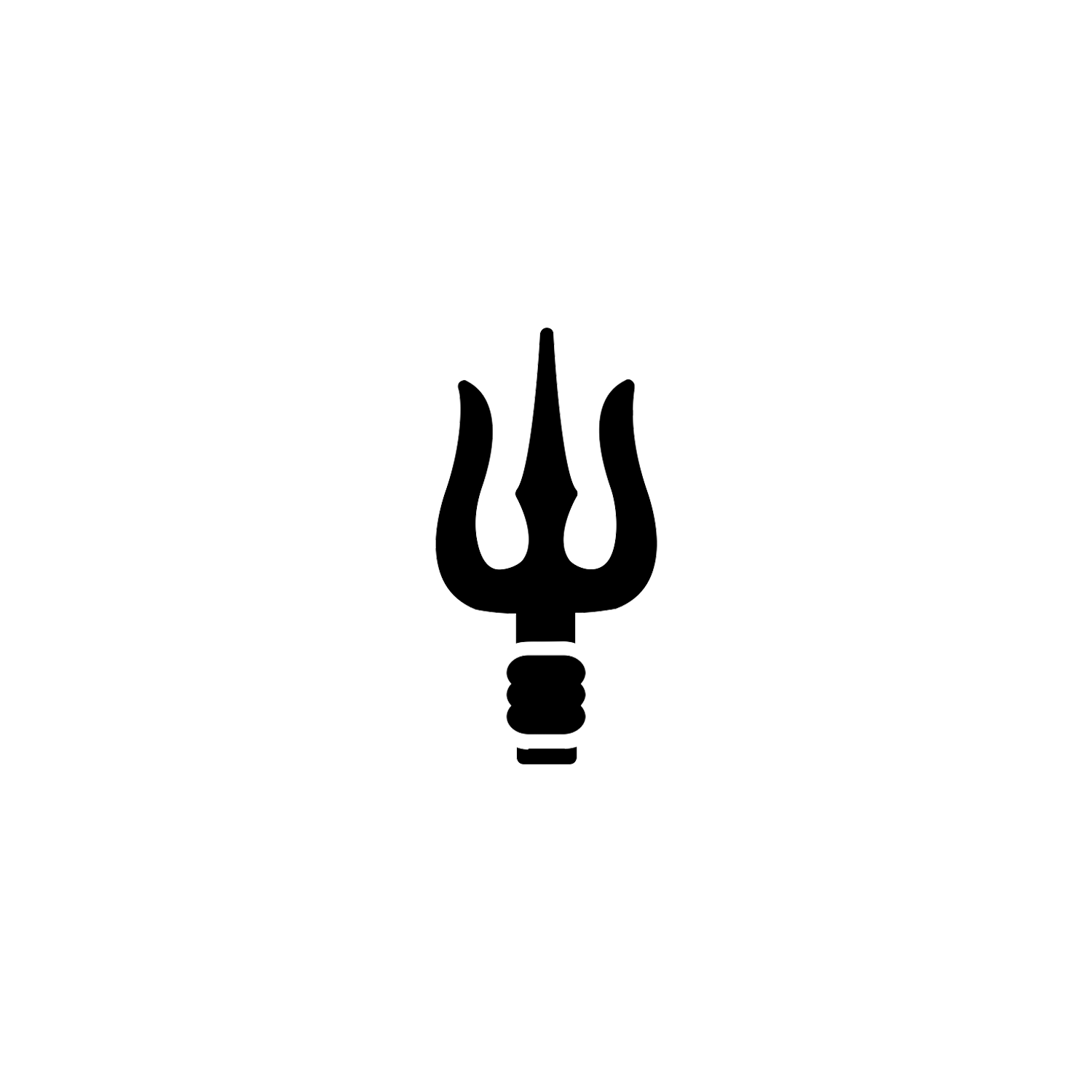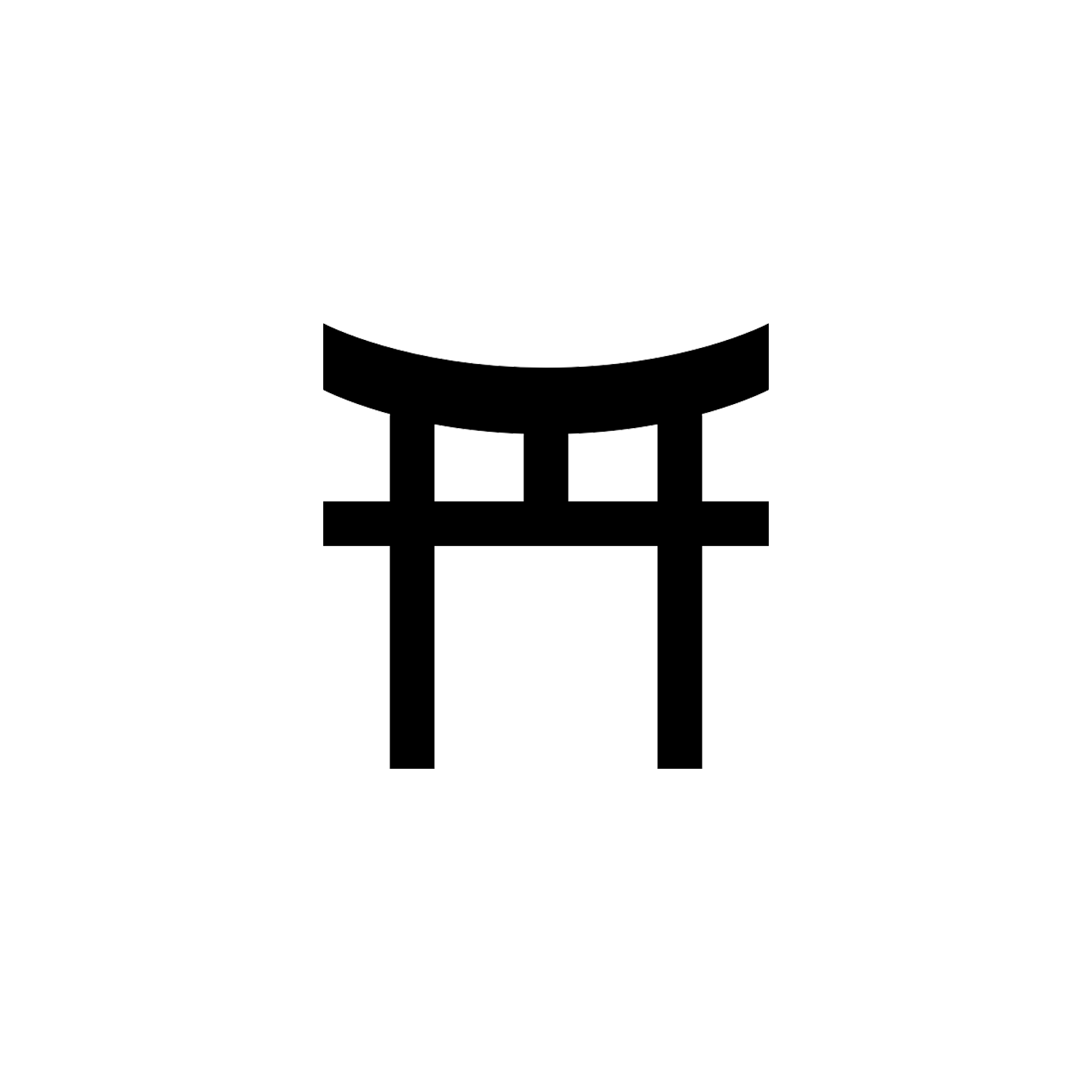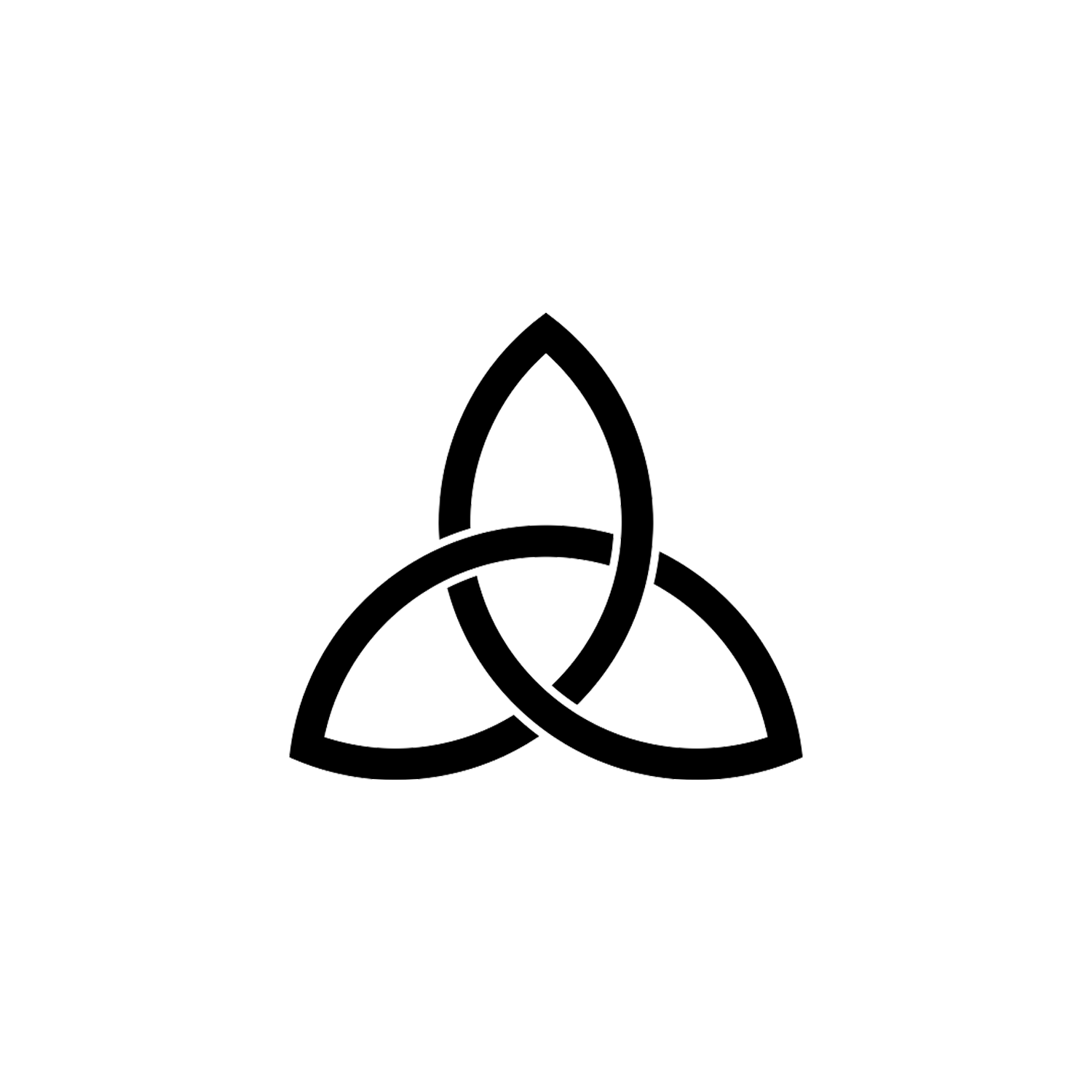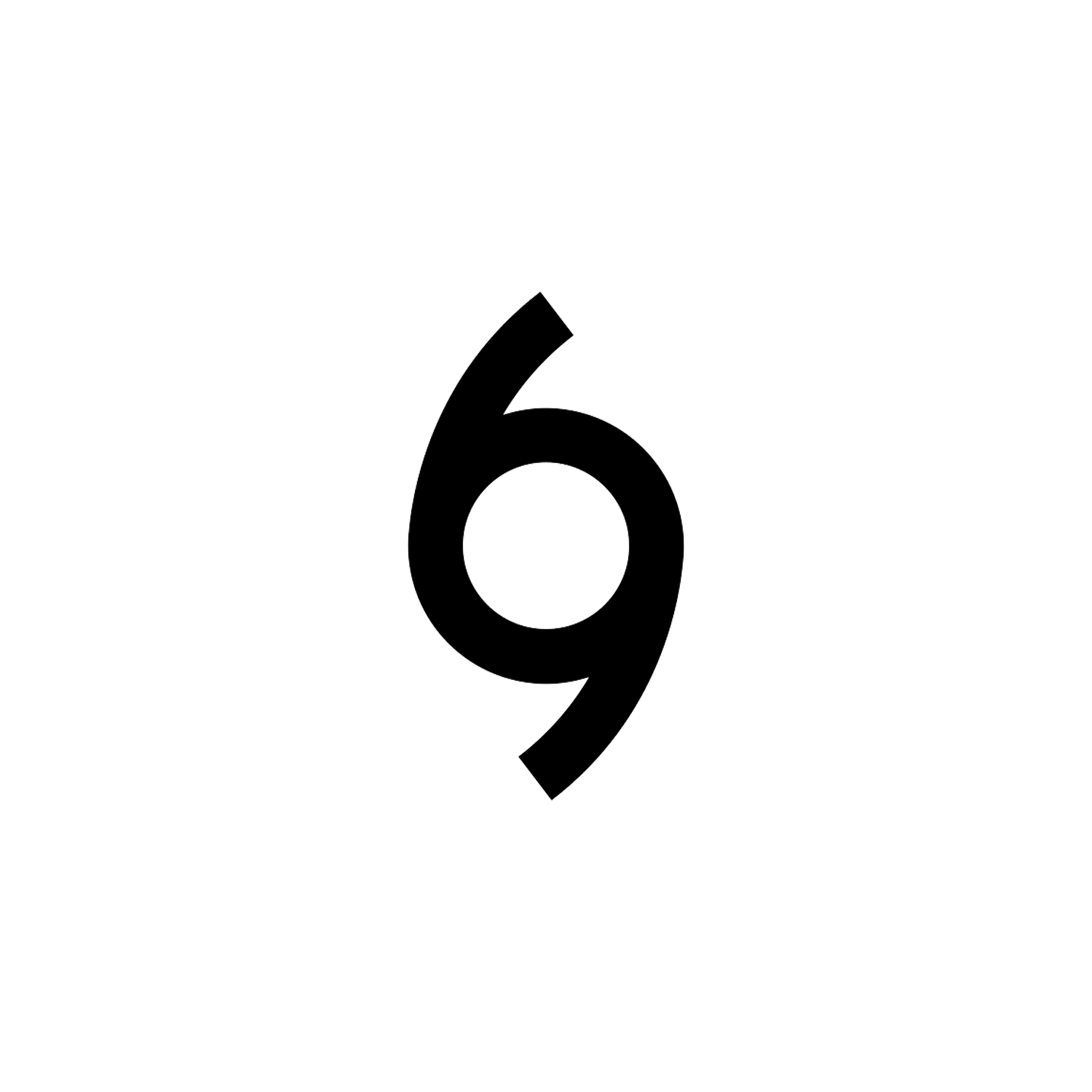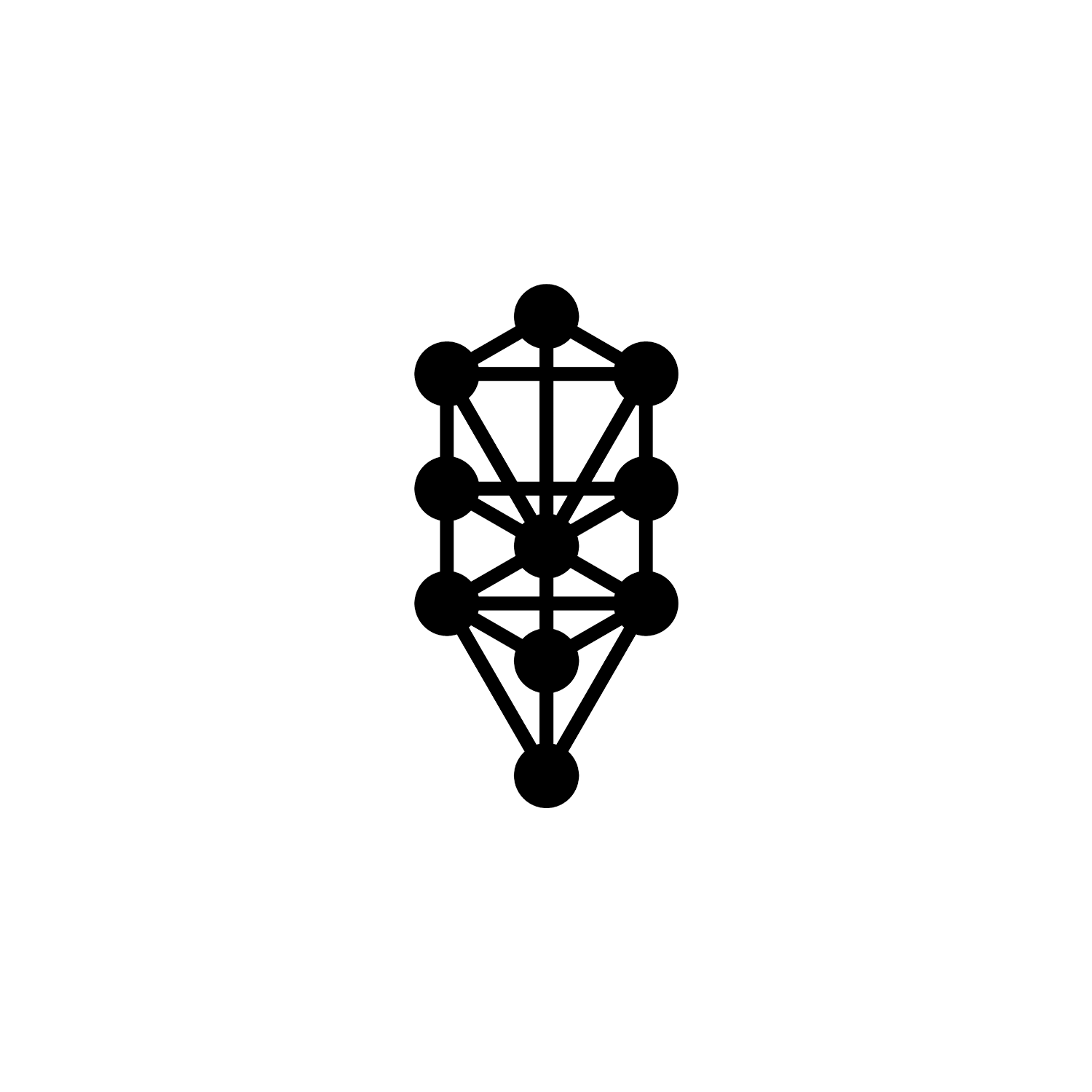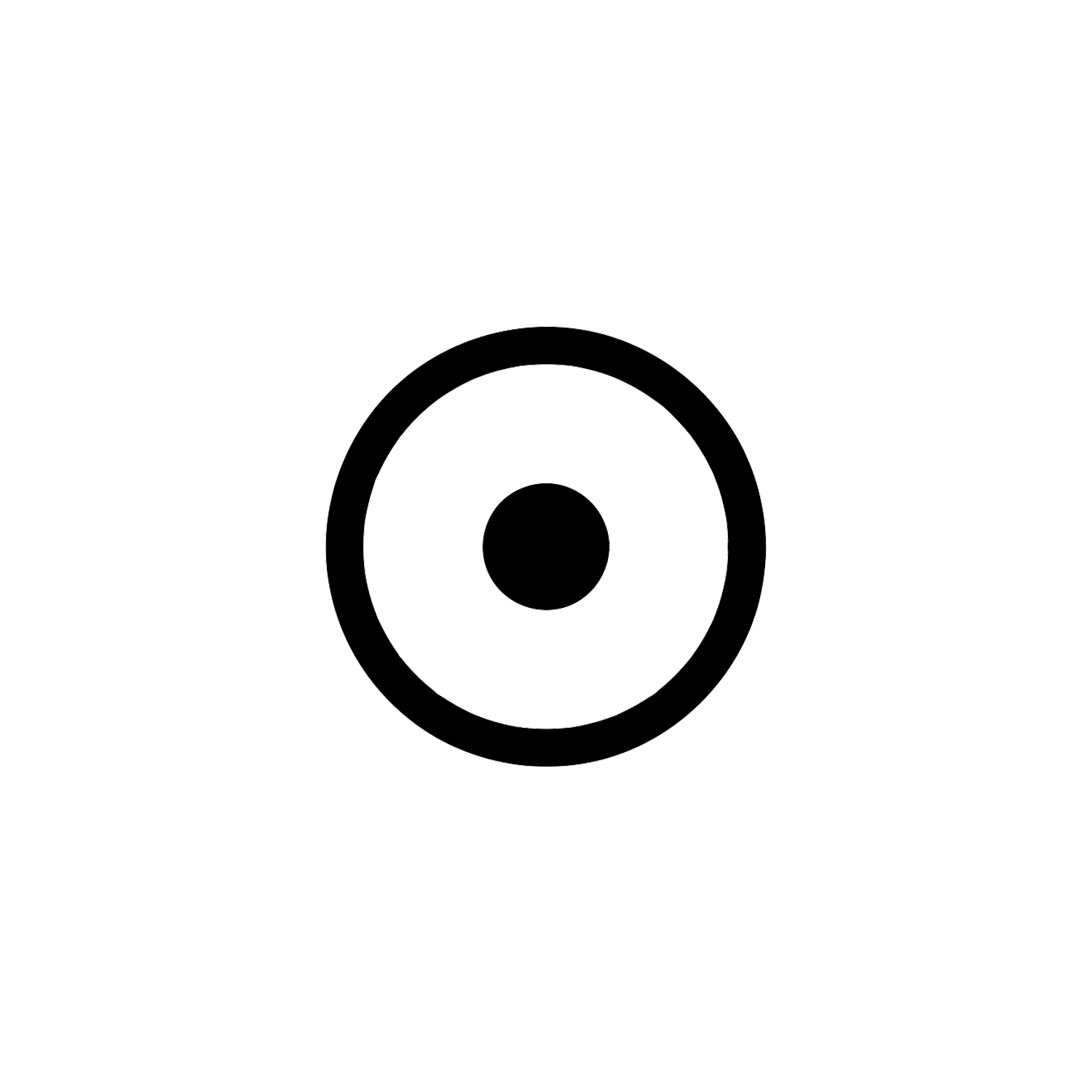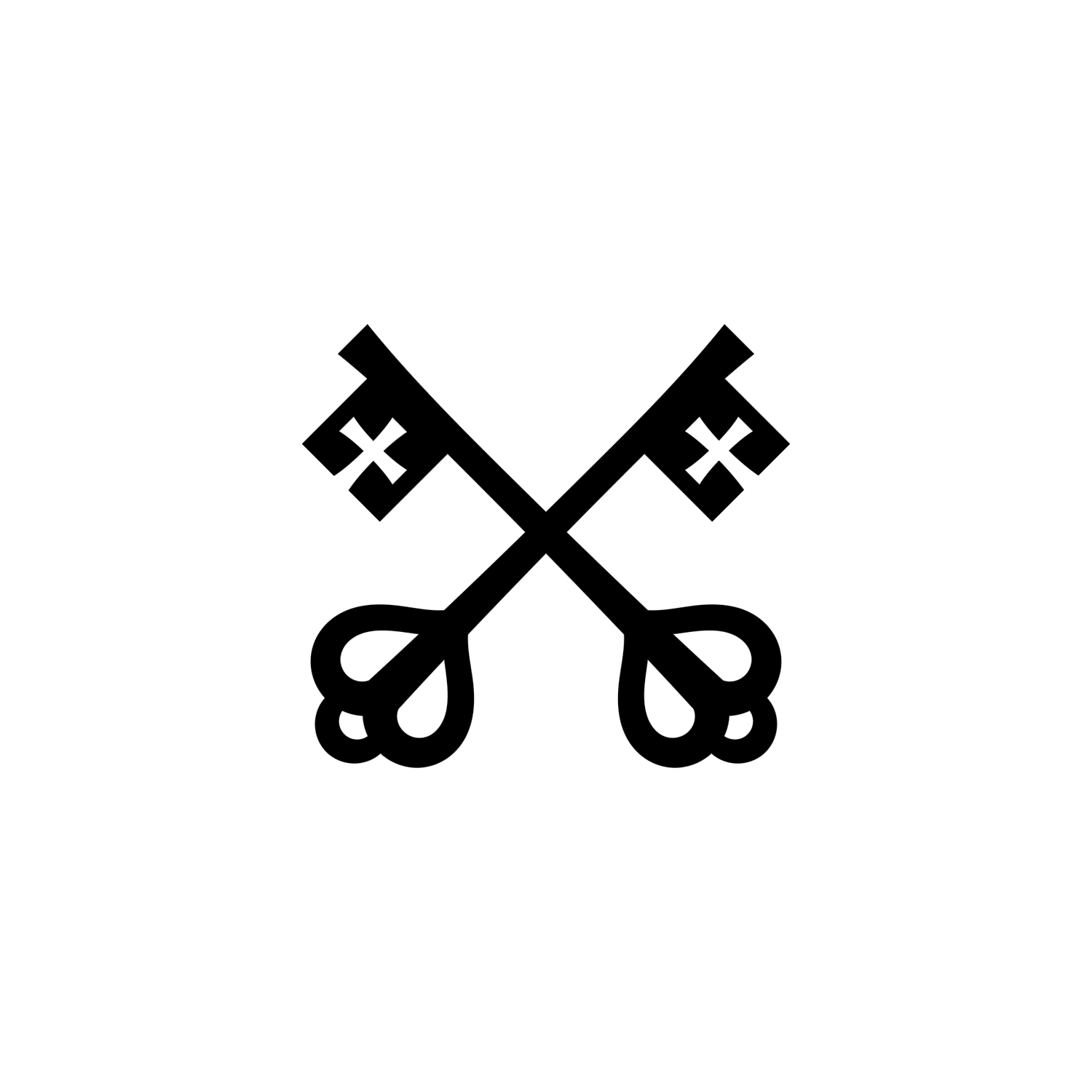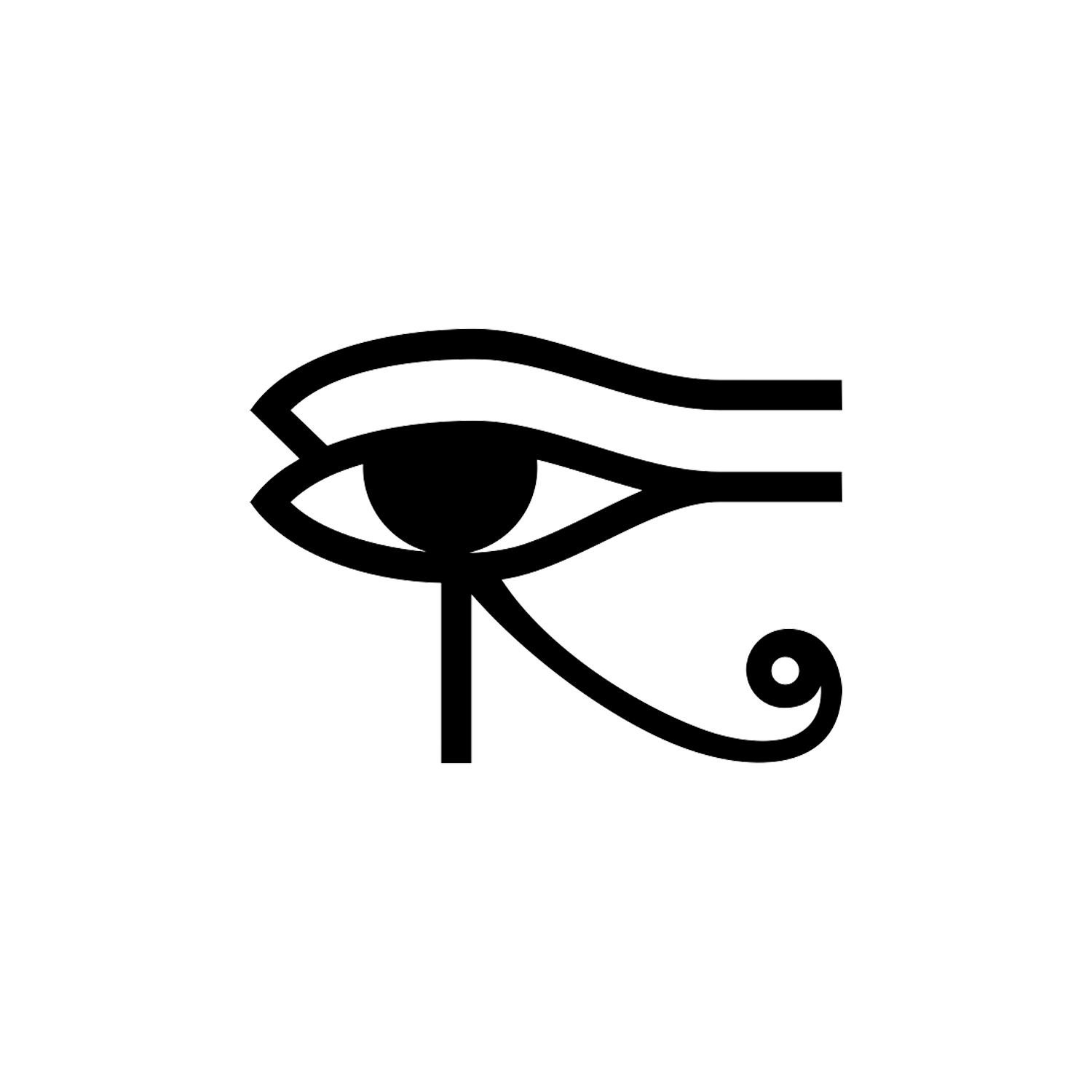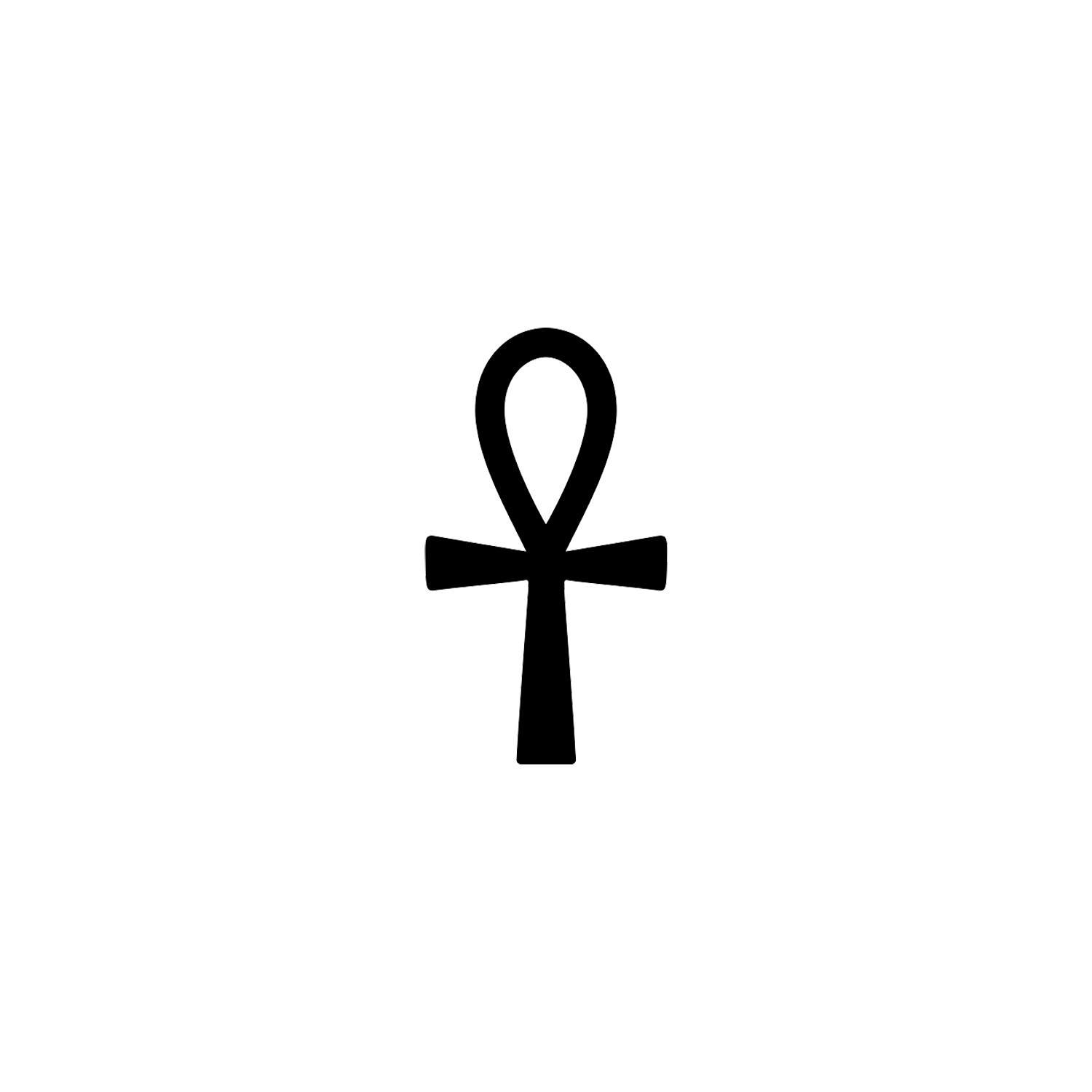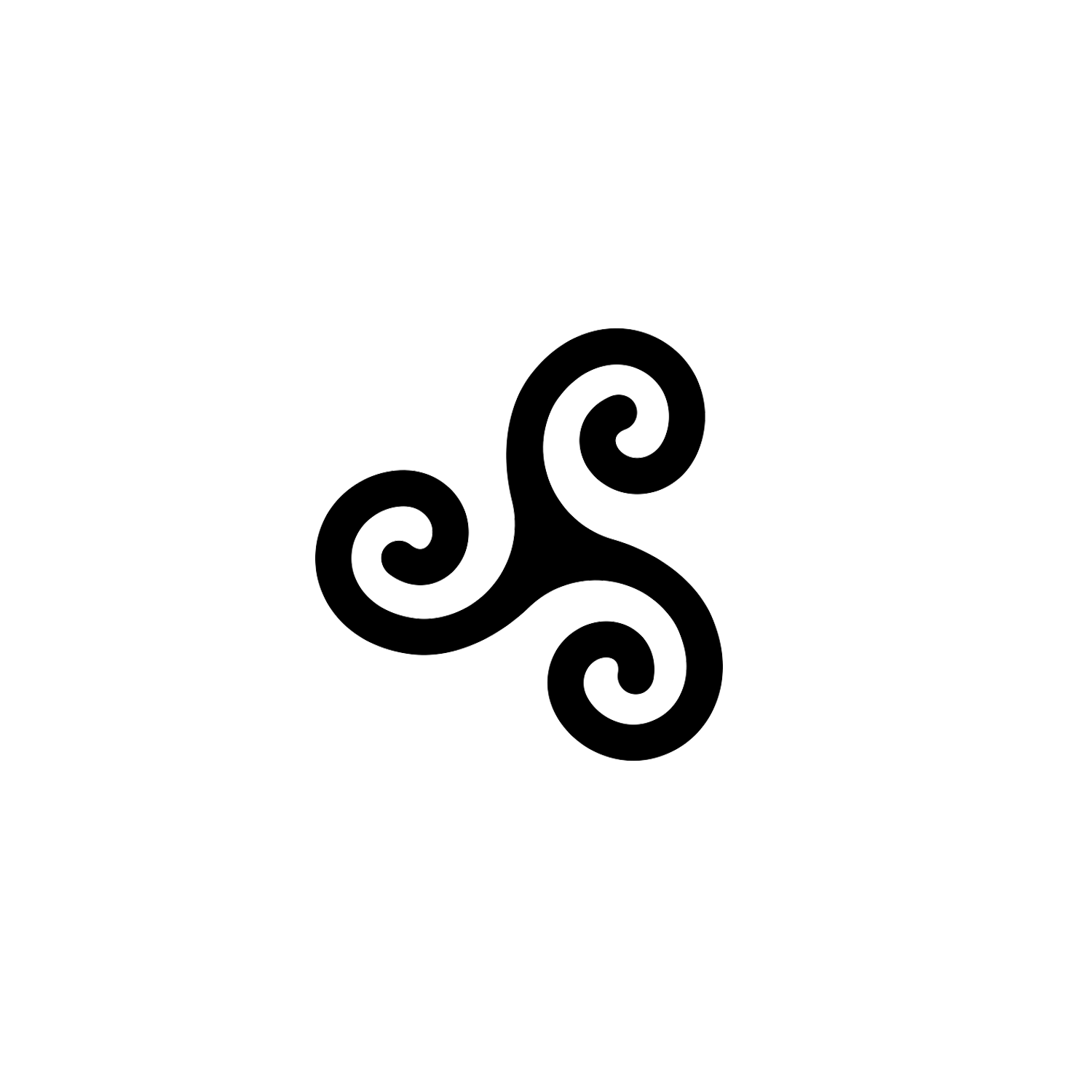Crook and Flail
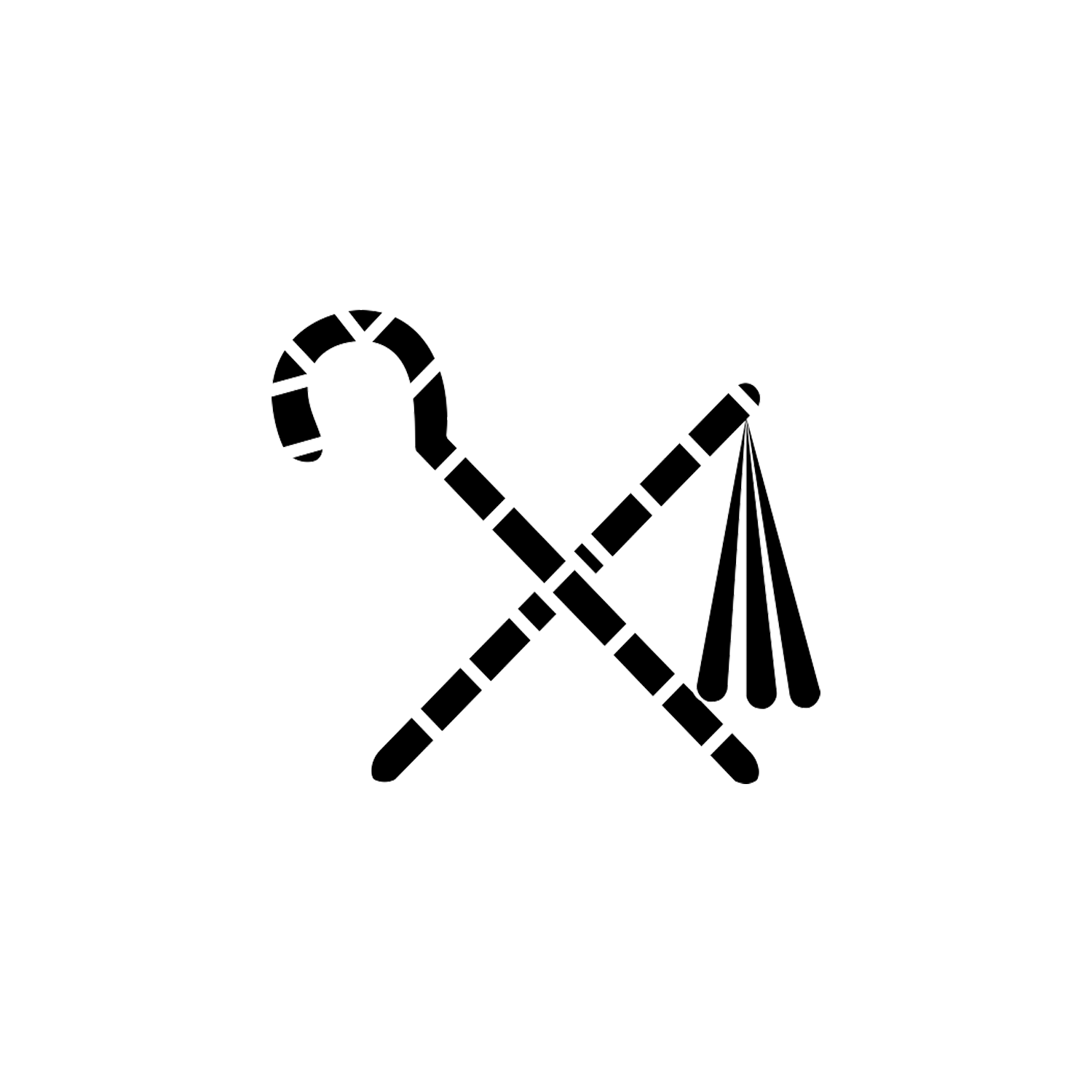

Crook and Flail
Heka and nekhakha in Egyptian.
Overview
The crook and flail (heka and nekhakha) were symbols used in ancient Egyptian society. They were originally the attributes of the deity Osiris that became insignia of pharaonic authority.[1]
The shepherd’s crook stood for kingship and the flail for the fertility of the land.[1]
Origin and Meaning
The earliest known example of a crook is from the Gerzeh culture (Naqada II), and comes from tomb U547 in Abydos. By late Predynastic times, the shepherd’s crook was already an established symbol of rule. The flail initially remained separate, being depicted alone in some earliest representations of royal ceremonial. Approximately by the time of the Second Dynasty, the crook and flail became paired.
The only extant pharaonic examples of both the crook and flail come from the Tomb of Tutankhamun.[2] Their staffs are made of heavy bronze covered with alternating stripes of blue glass, obsidian, and gold, while the flail’s beads are made of gilded wood.[3]

Traditionally crossed over the chest when held, they probably represented the ruler as a shepherd whose beneficence is formidably tempered with might.[2]
In the interpretation of Toby Wilkinson, the flail used to goad livestock, was a symbol of the ruler’s coercive power: as shepherd of his flock, the ruler encouraged his subjects as well as restrained them.[4]
Still another interpretation, by E. A. Wallis Budge, is that the flail is what was used to thresh grain.[5]


Osiris is represented in his most developed form of iconography wearing the Atef crown, which is similar to the White crown of Upper Egypt, but with the addition of two curling ostrich feathers at each side. He also carries the crook and flail. The crook is thought to represent Osiris as a shepherd god. The symbolism of the flail is more uncertain with shepherds whip, fly-whisk, or association with the god Andjety of the ninth nome of Lower Egypt proposed.[6]
Percy Newberry, a specialist on ancient Egypt, speculated that the “flail” or “whip” of Osiris was more likely an instrument for collecting labdanum similar to that used in nineteenth-century Crete.[7]
He examined archaeological remains of such items and their representations in art, and found that they were mechanically incapable of acting as either a flail or whip and so must be some other instrument. Similarly to crooks, he further noted that these items were also associated with shepherds, who used them to gather labdanum while their flocks grazed on and among the bushes from which the gum was gathered.

Heka (which is the word for the crook) was also the deification of magic and medicine[8] in ancient Egypt. The name is the Egyptian word for “magic”. The term ḥk3 was also used to refer to the practice of magical rituals.[9]
The name Heka is identical with the Egyptian word ḥkꜣ(w) “magic”. This hieroglyphic spelling includes the symbol for the word ka (kꜣ), the ancient Egyptian concept of the vital force.
In a speculative manner, it can be theorized that the crook is an instrument of magic.
The flail is a symbol of sovereignty and is pronounced ‘nekh’. It was perhaps originally a stick with tassels that shepherds used to lead cattle.
Used in other expressions, such as ‘nekhakha’ meaning “fullness”, especially a content breastfed child.
Conclusion
The humble crook (known as the heka in Egyptian) used by shepherds, is a long, multipurpose stick with a hook at one end, to herd and sometimes catch sheep. It made a useful weapon against predators and helped with balance when negotiating rough terrain.
In Egypt, the crook was carried by gods and high officials, and represented the pharaoh’s role as a shepherd caring for the people of Egypt. The crook was also adopted as a Christian symbol of care, as the Shepherd’s Cross.
The flail (known as the nekhakha in Egyptian) was made up of three strands of beads attached to a rod. Although historians cannot agree exactly what this was used for, there are two primary interpretations of its origin.
When used as a weapon to defend livestock, the flail represented the pharaoh’s responsibility to establish the order, through punishment if necessary.
Because the crook and flail were such important symbols, they were often illustrated and added to sculptures with the pharaoh holding them crossed over his chest. Some of these images date back over 5,000 years. Both items were typically embellished by gold or ivory with blue bands.
[1] Steele, Philip (2002). Ancient Egypt. The Rosen Publishing Group. p. 12. ISBN 1435851730.
[2] "Tutankhamun "Wonderful Things" From The Pharaoh's Tomb" (PDF). Herkimer Community Museum. p. 75. Archived from the original (PDF) on 3 September 2013.
[3] Allen, Susan (2006). Tutankhamun's Tomb: The Thrill of Discovery. Metropolitan Museum of Art. p. 100. ISBN 1588391892.
[4] Wilkinson, Toby A.H. (1999). Early Dynastic Egypt. Routledge. p. 190. ISBN 0-415-18633-1.
[5] Budge, Wallis (1971). Egyptian Magic. Dover. p. 72. ISBN 0486226816.
[6] The Oxford Guide: Essential Guide to Egyptian Mythology, Edited by Donald B. Redford, pp. 302–307, Berkley, 2003, ISBN 0-425-19096-X
[7] Newberry, Percy E. (1929), "The Shepherd's Crook and the So-Called 'Flail' or 'Scourge' of Osiris", The Journal of Egyptian Archaeology, 15 (1/2): 91–92, doi:10.2307/3854018, JSTOR 3854018. Page 91, note 9: "Was the 'false beard' which was worn below the chin by the god Osiris originally a labdanum-laden goat's beard?"
[8] "Heka, god of Egypt". landofpyramids.org.
[9] Mirecki, Paul; Meyer (2015-08-24). Ancient Magic and Ritual Power. BRILL. p. 49. ISBN 978-90-04-28381-7.
Latest Symbols
Monthly Digest
A summary of symbols for the month in a quick read format straight to your inbox.

